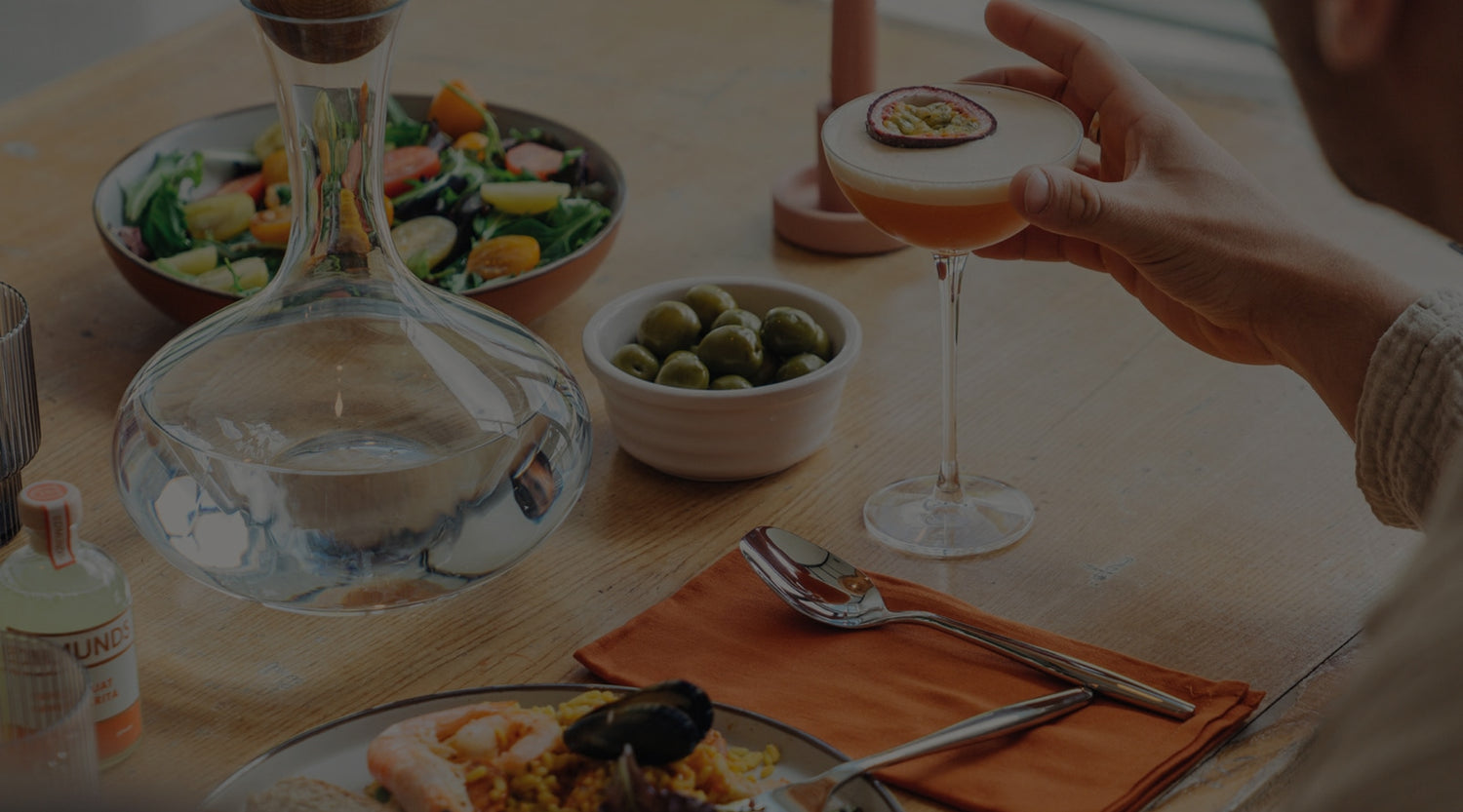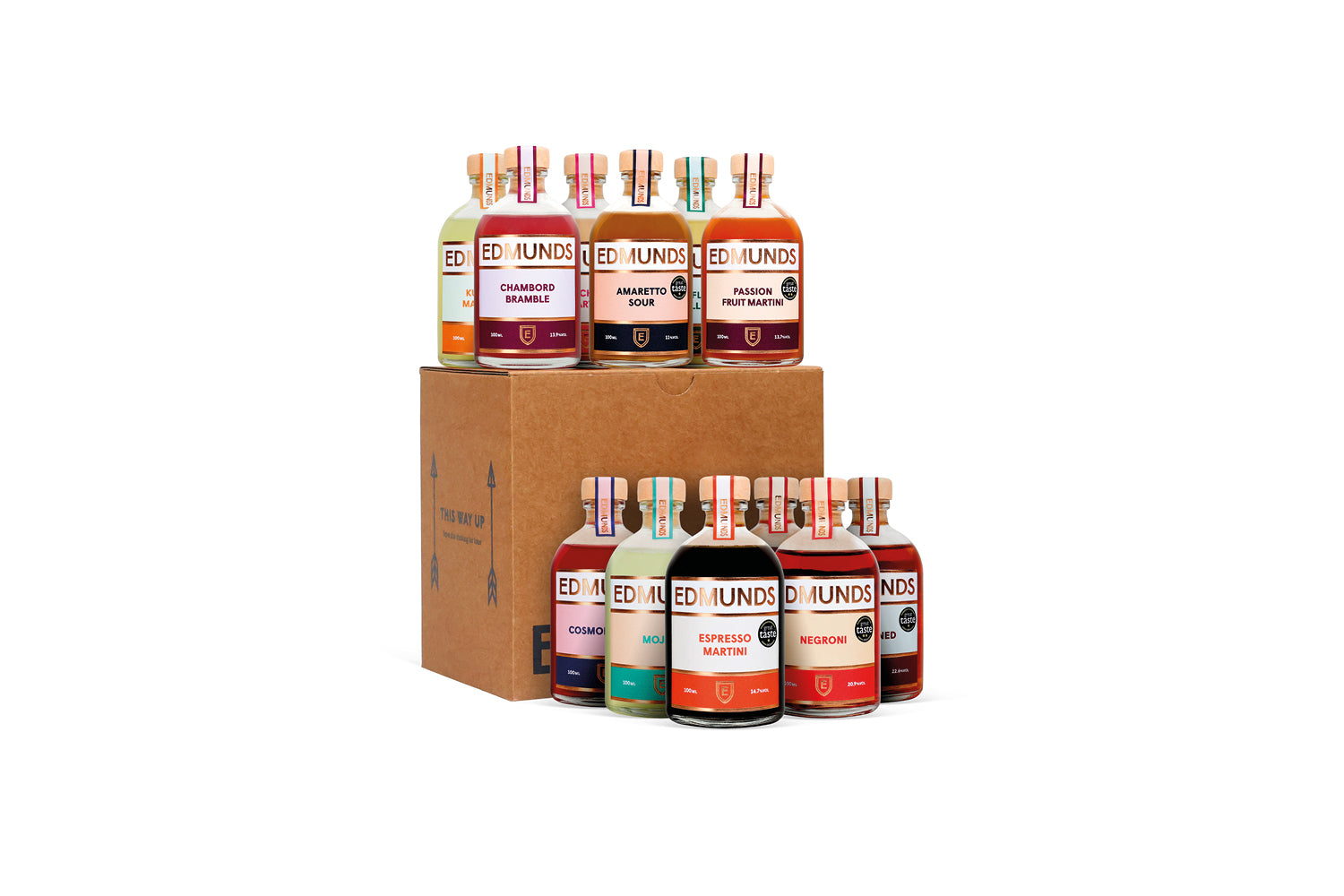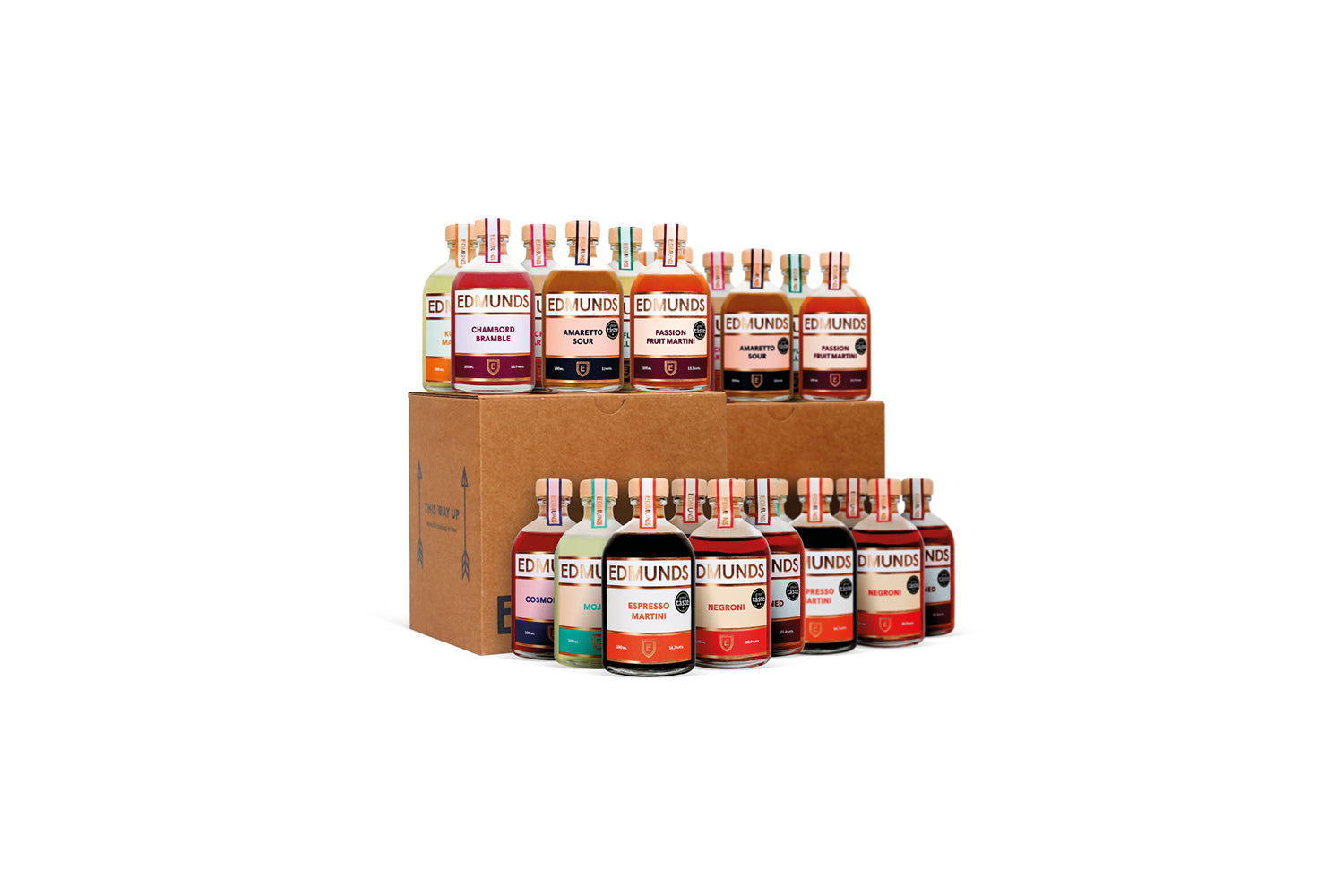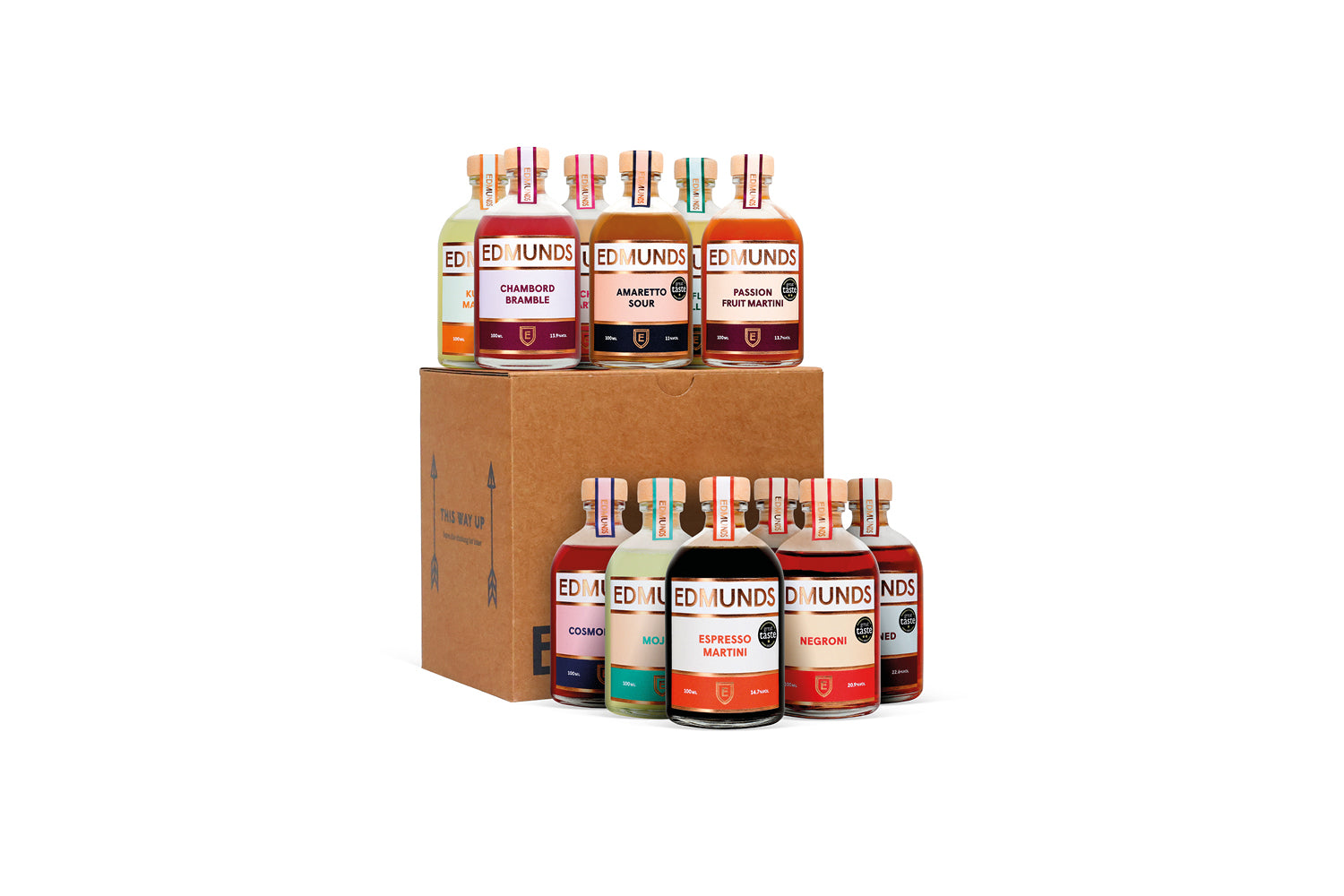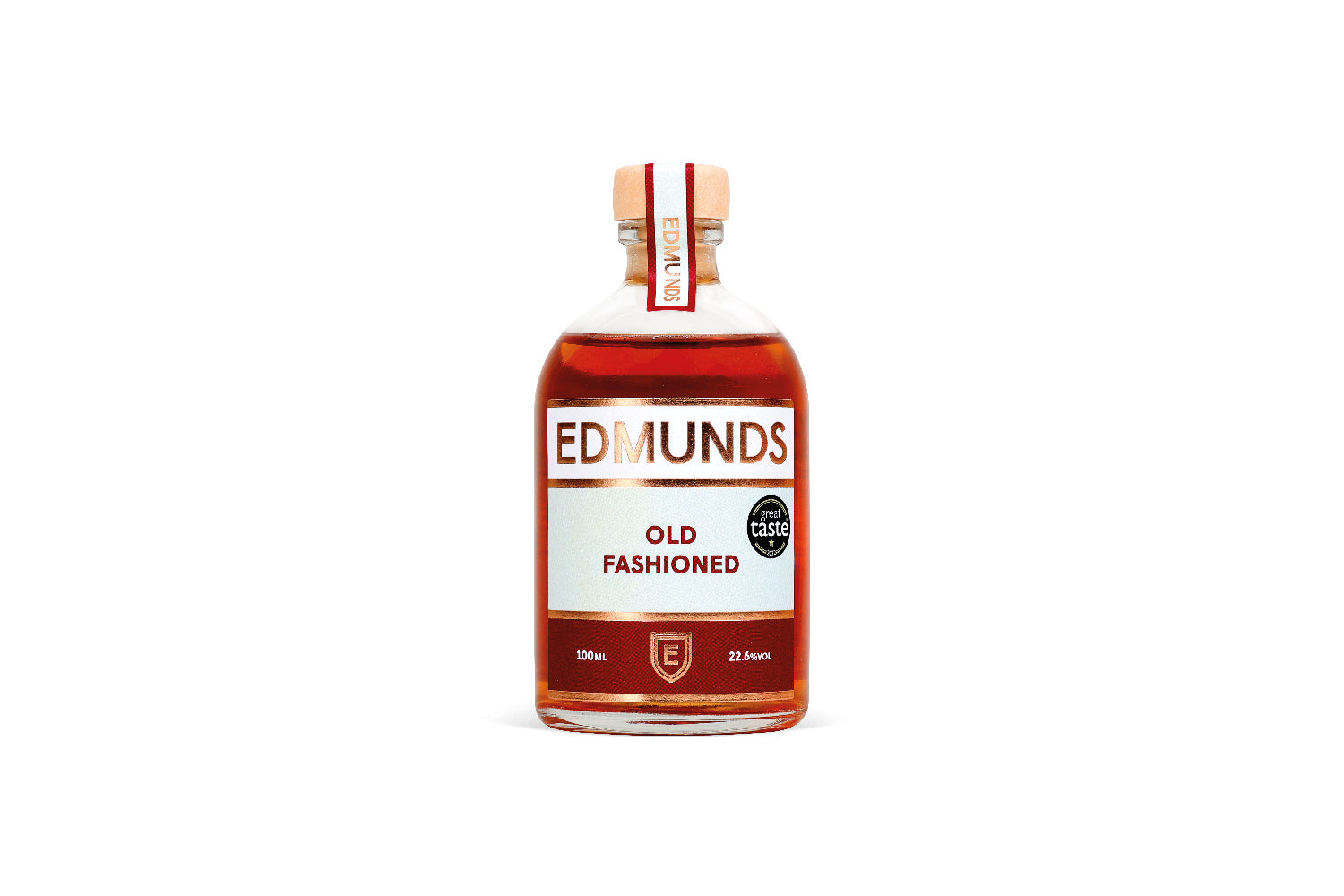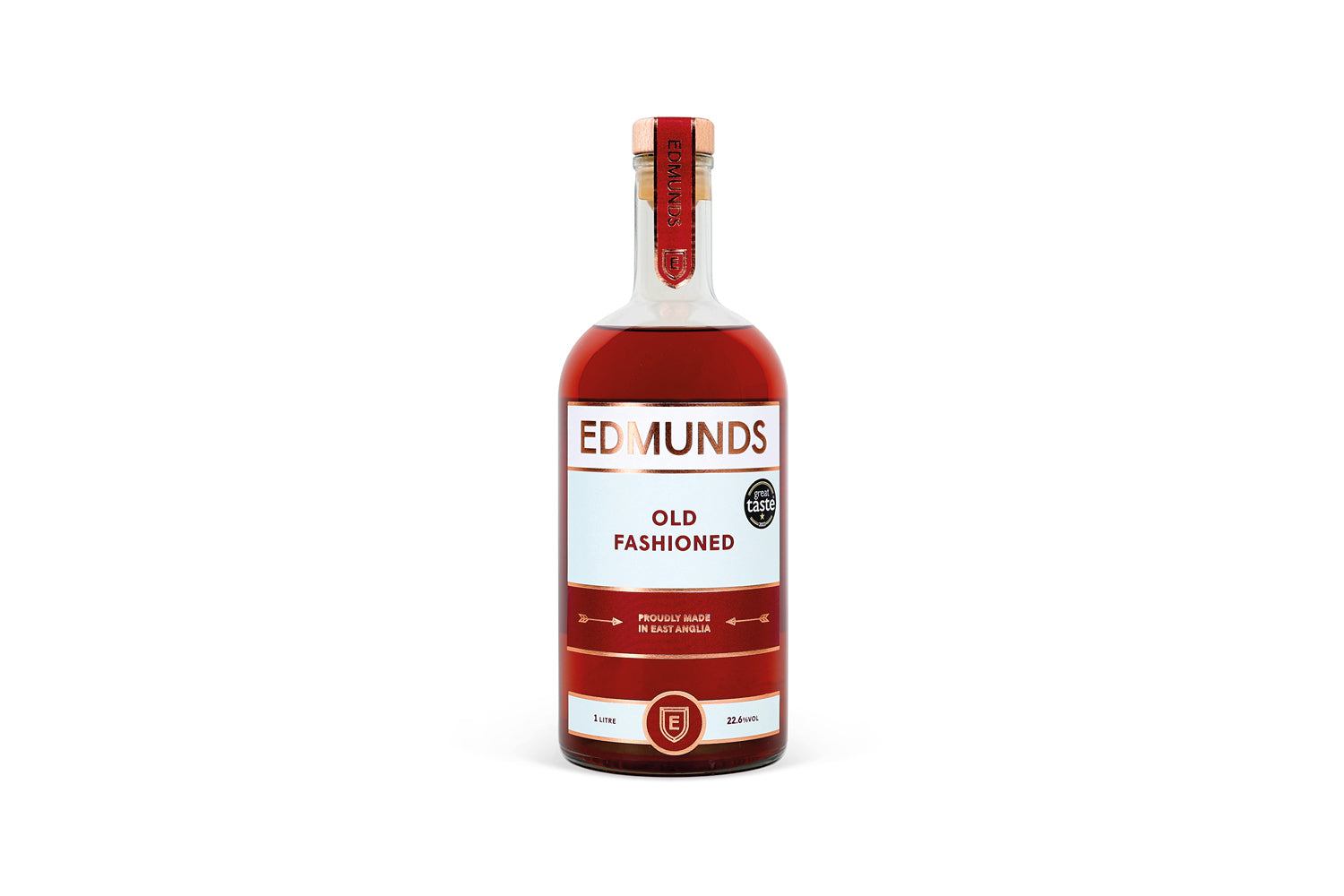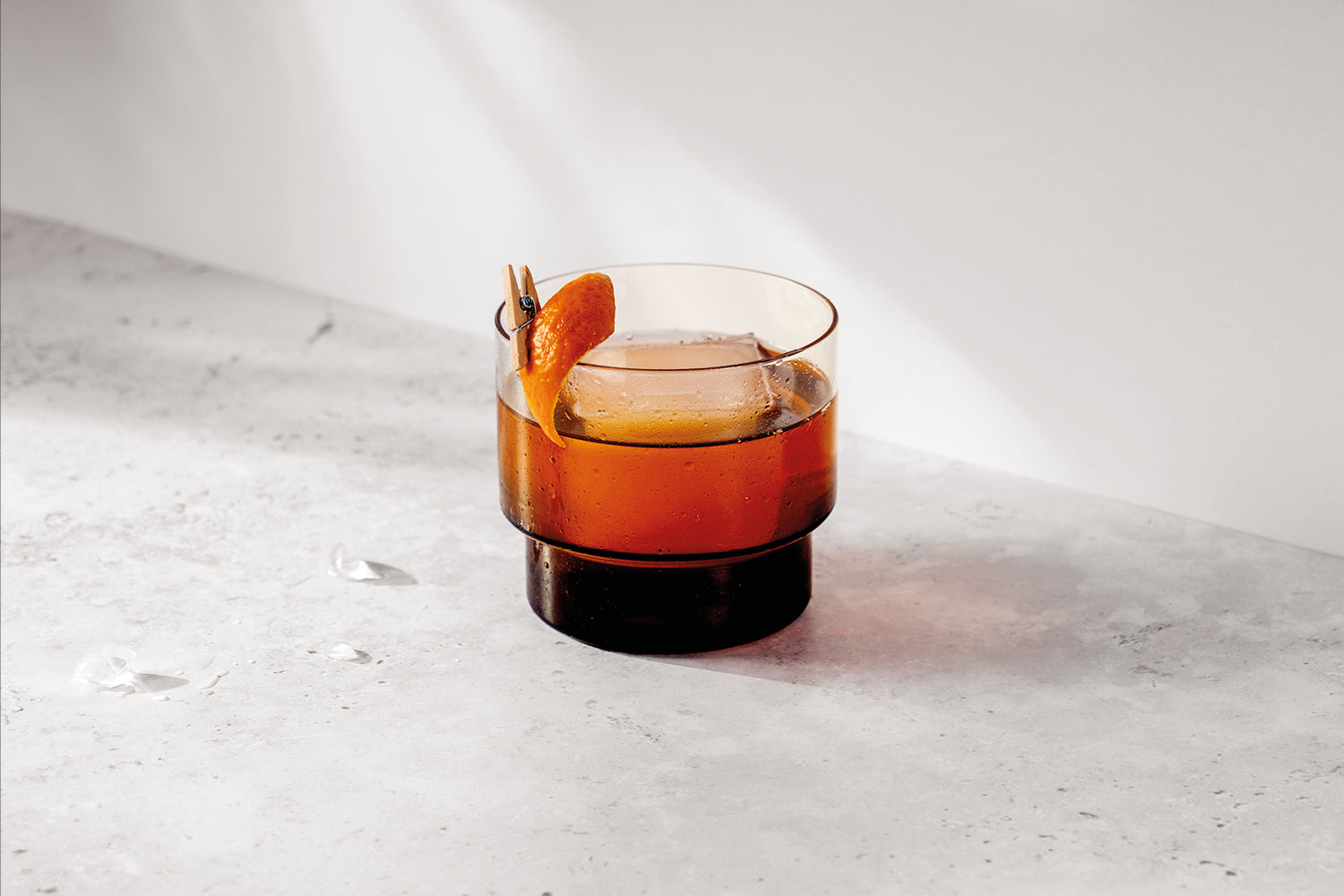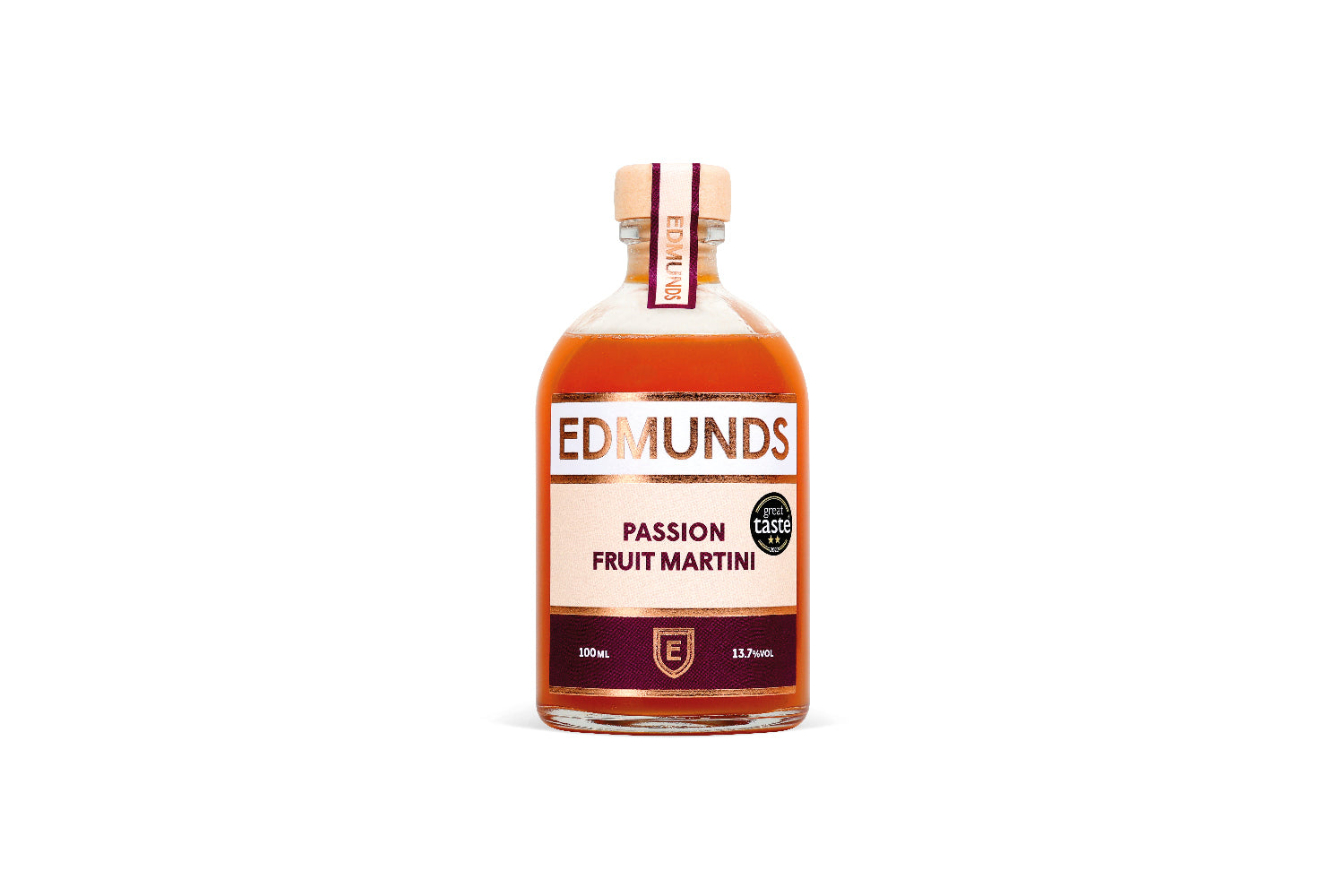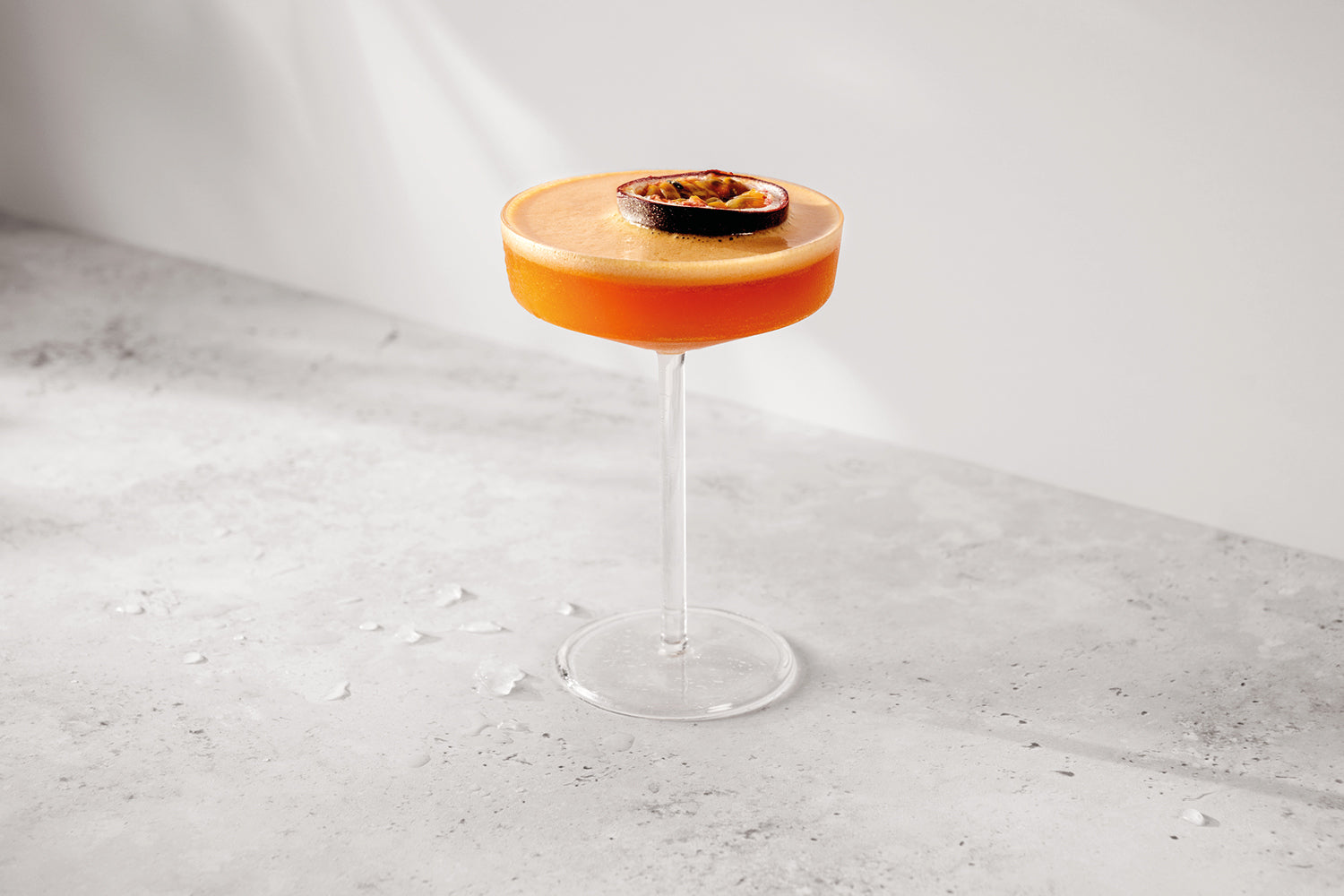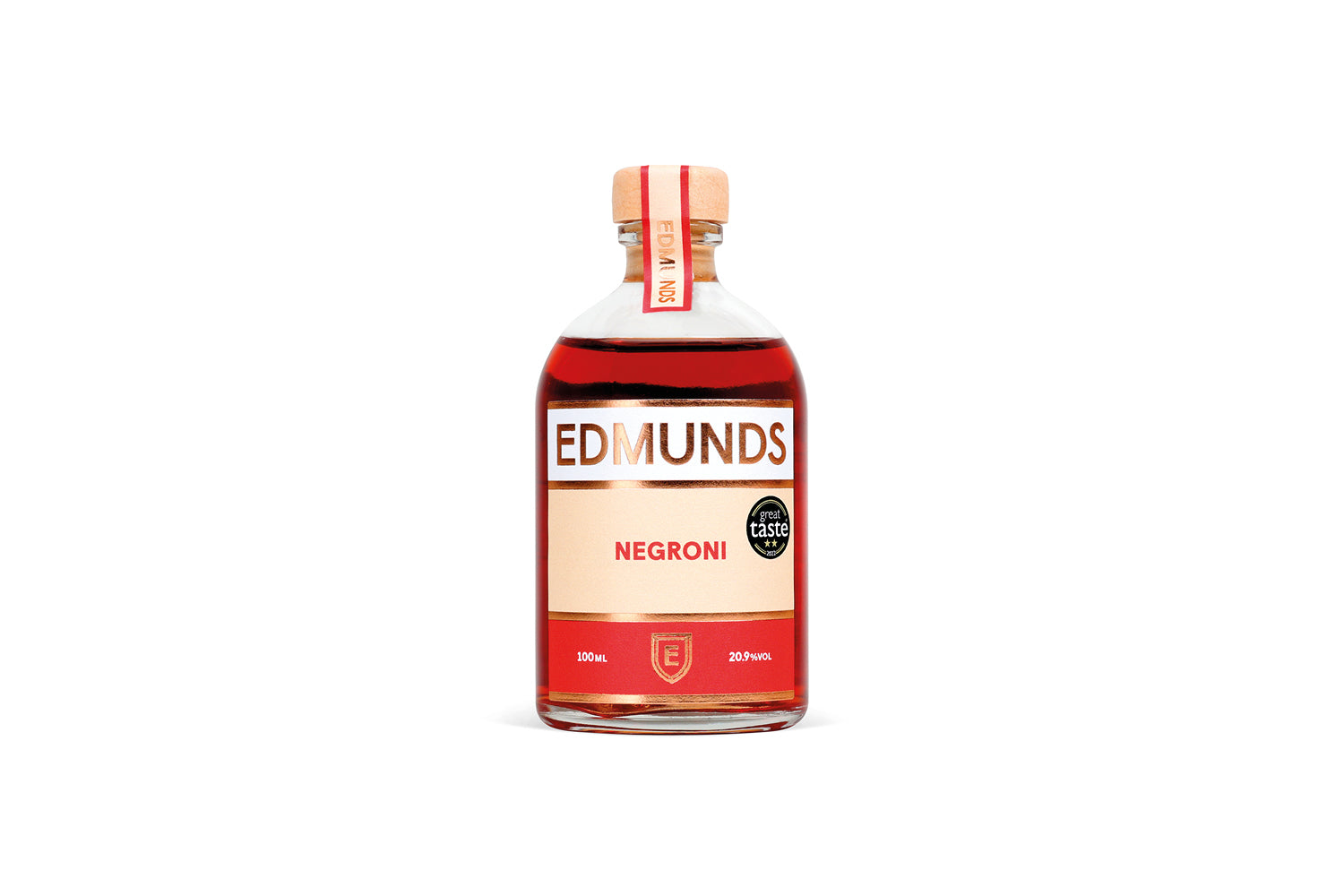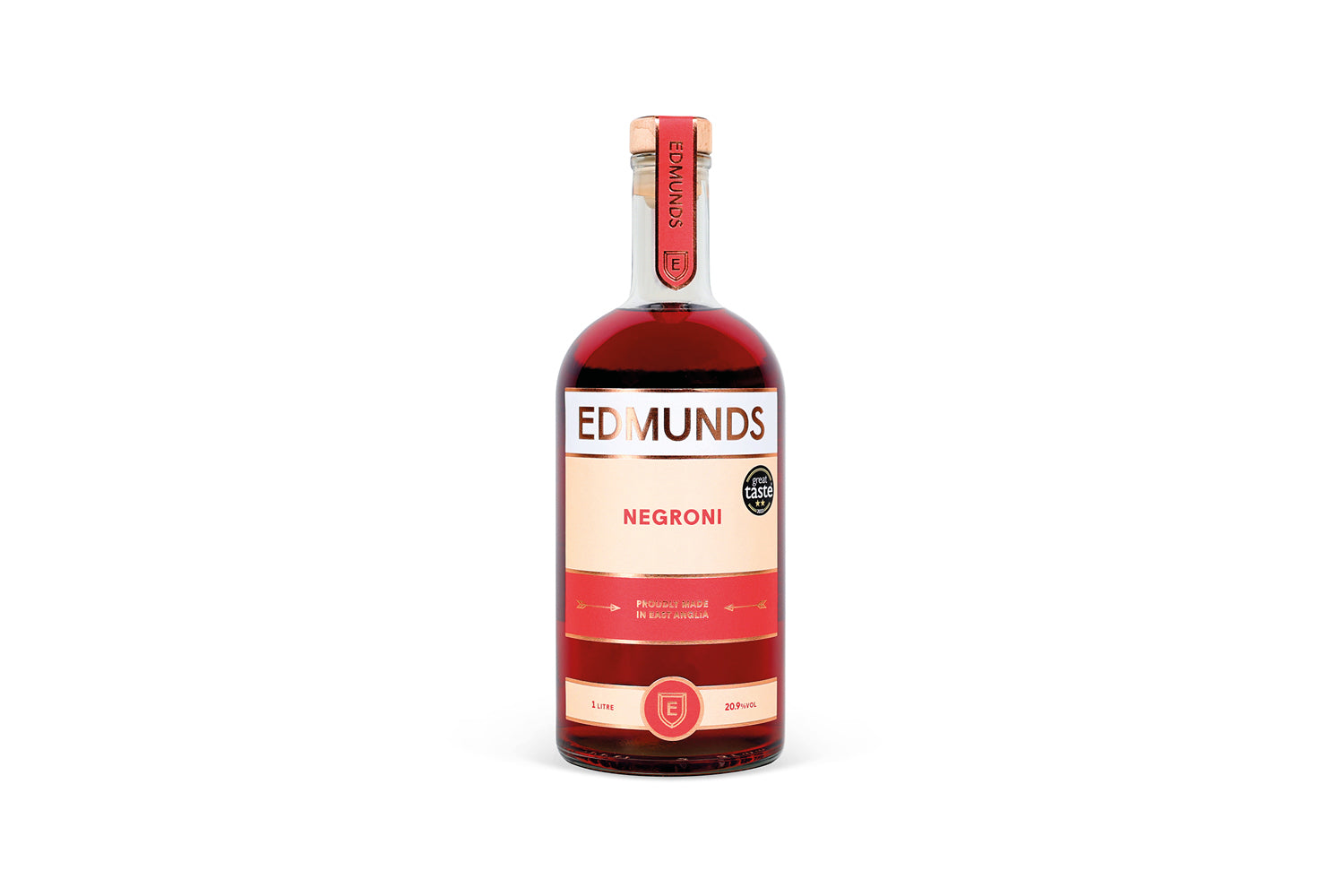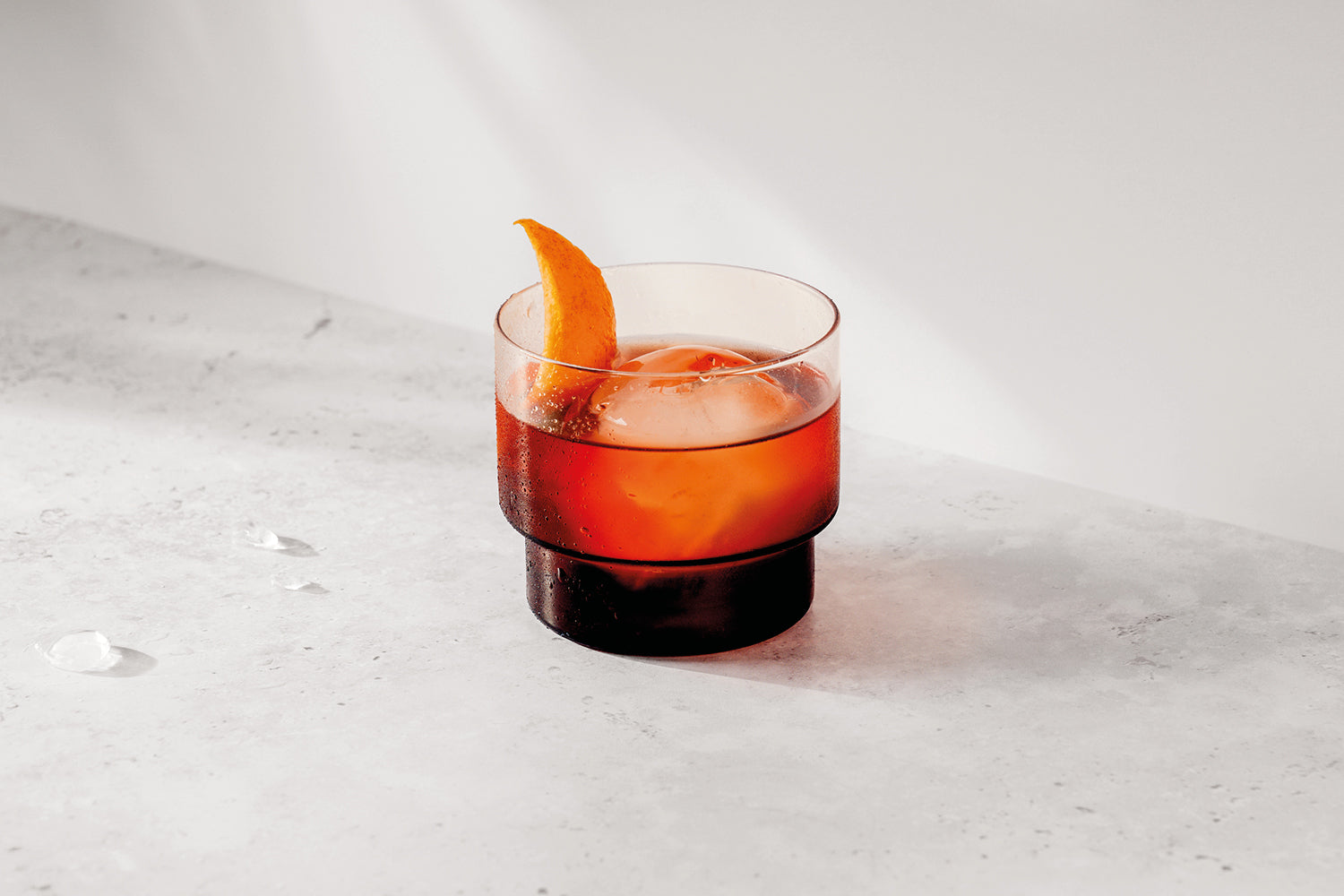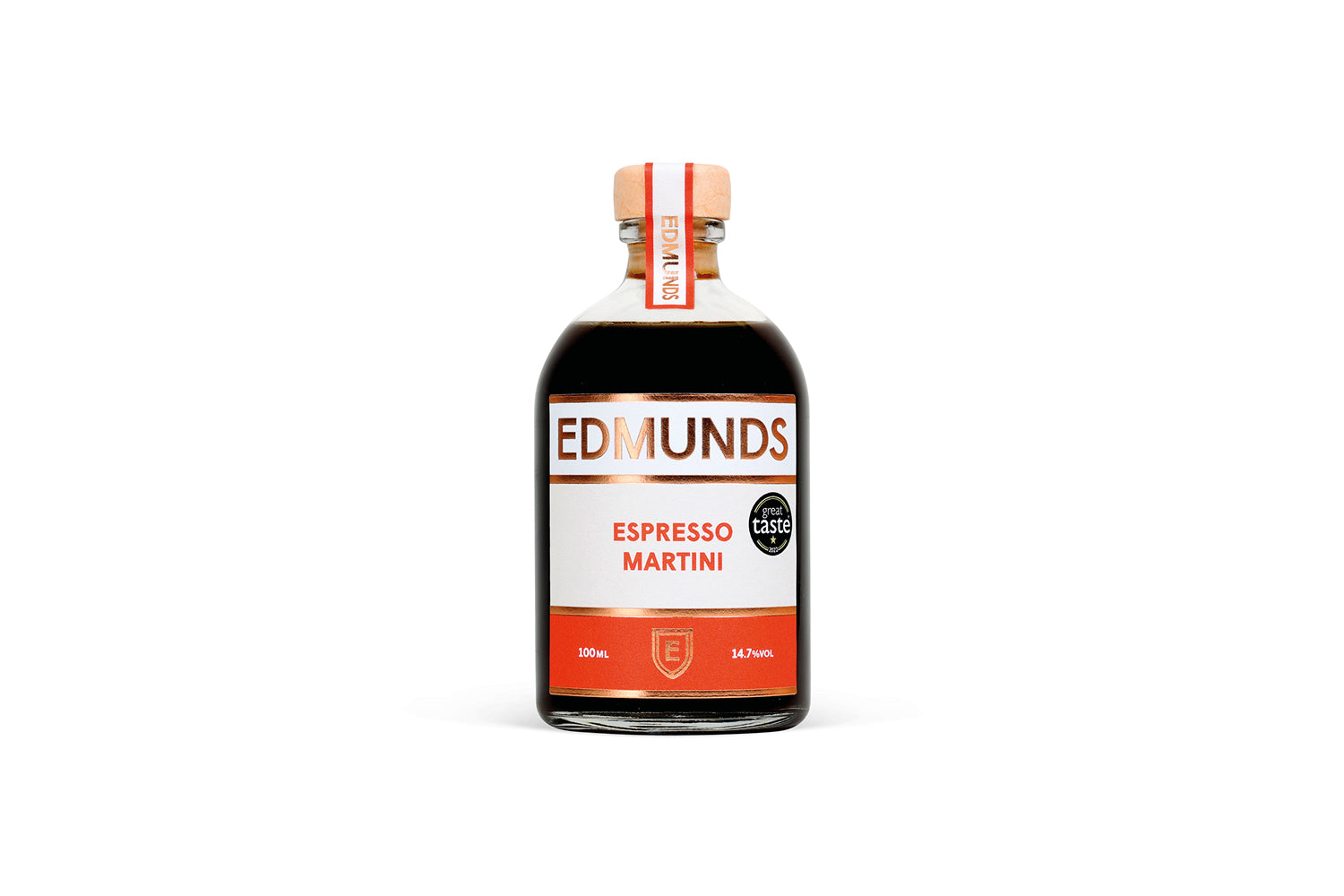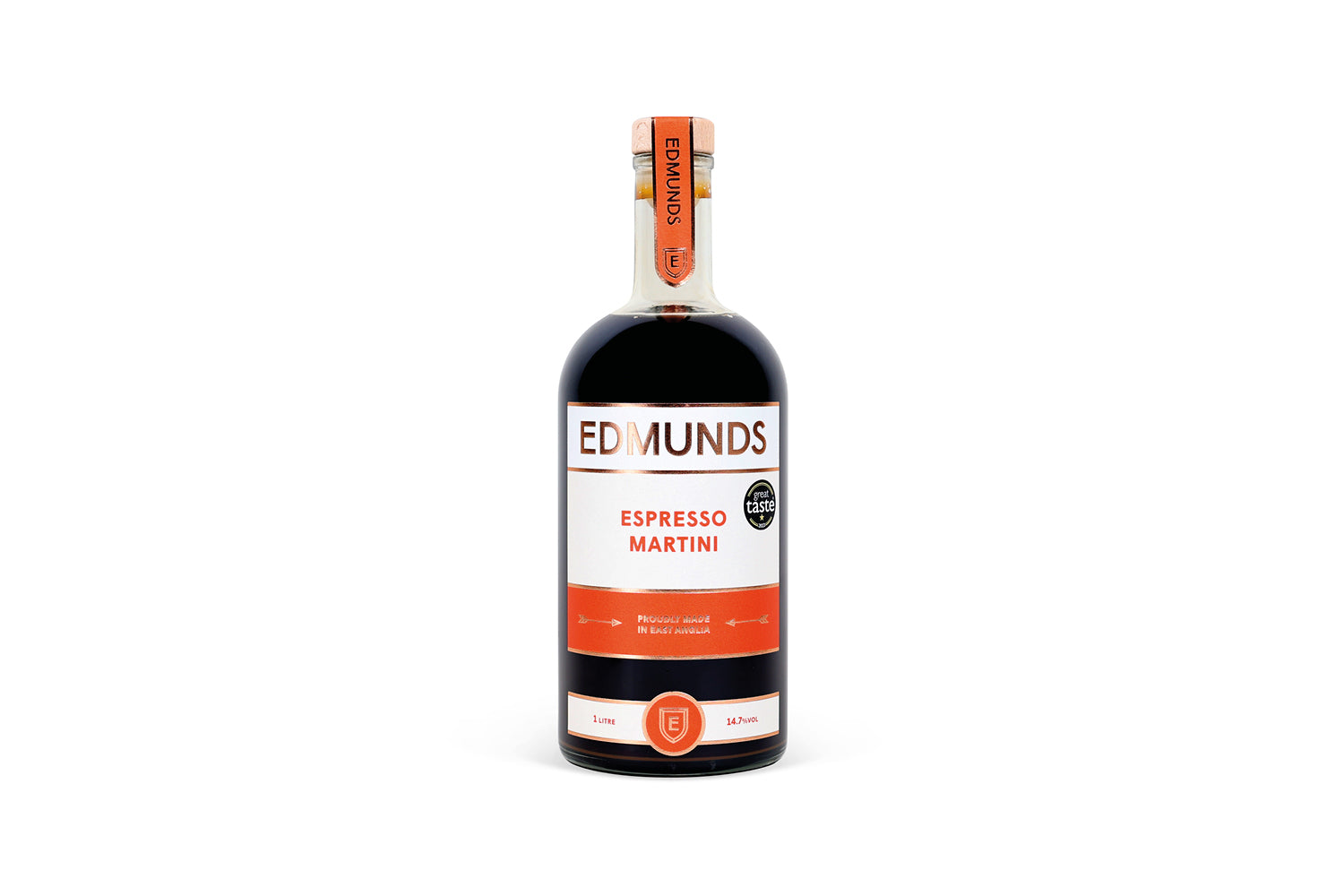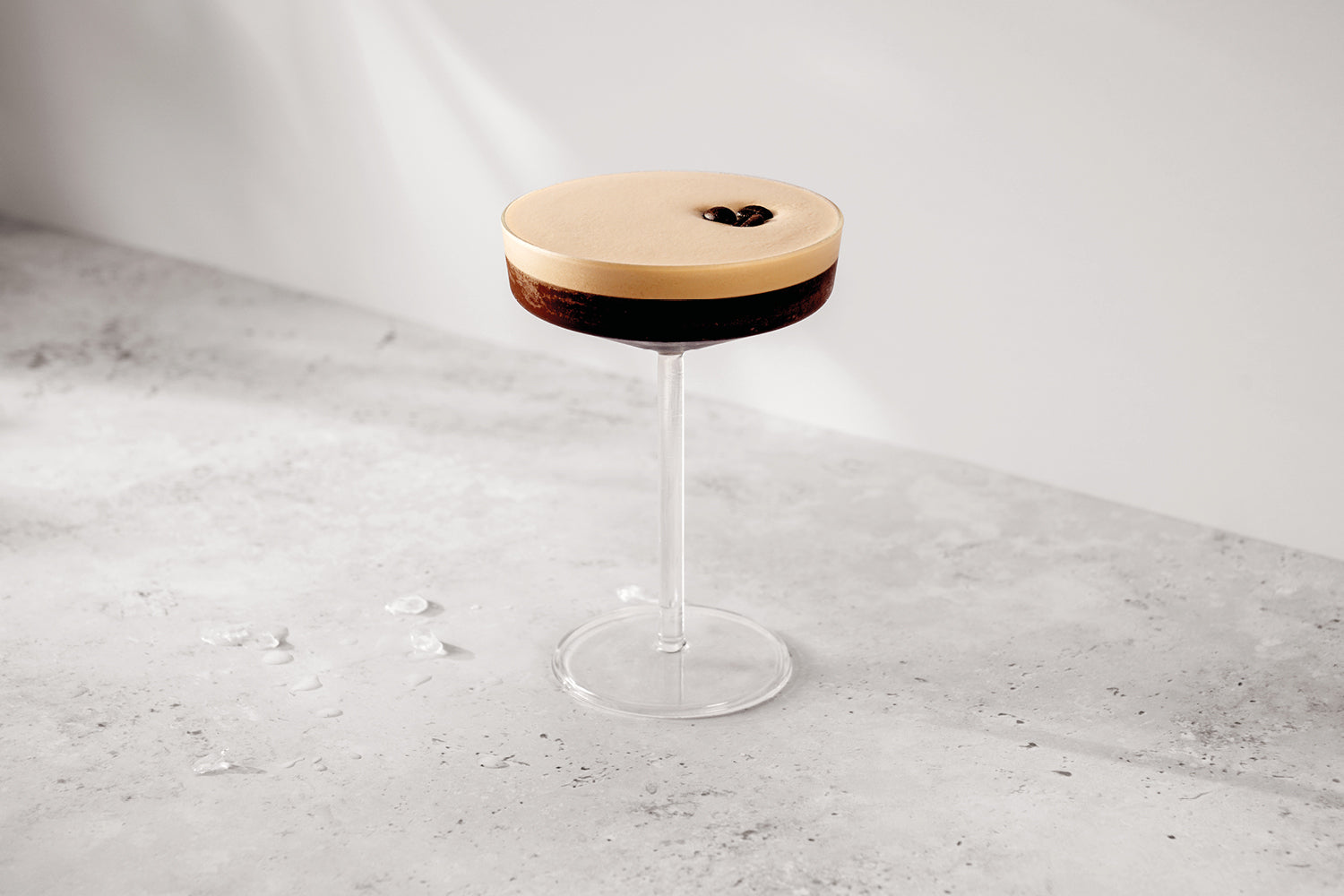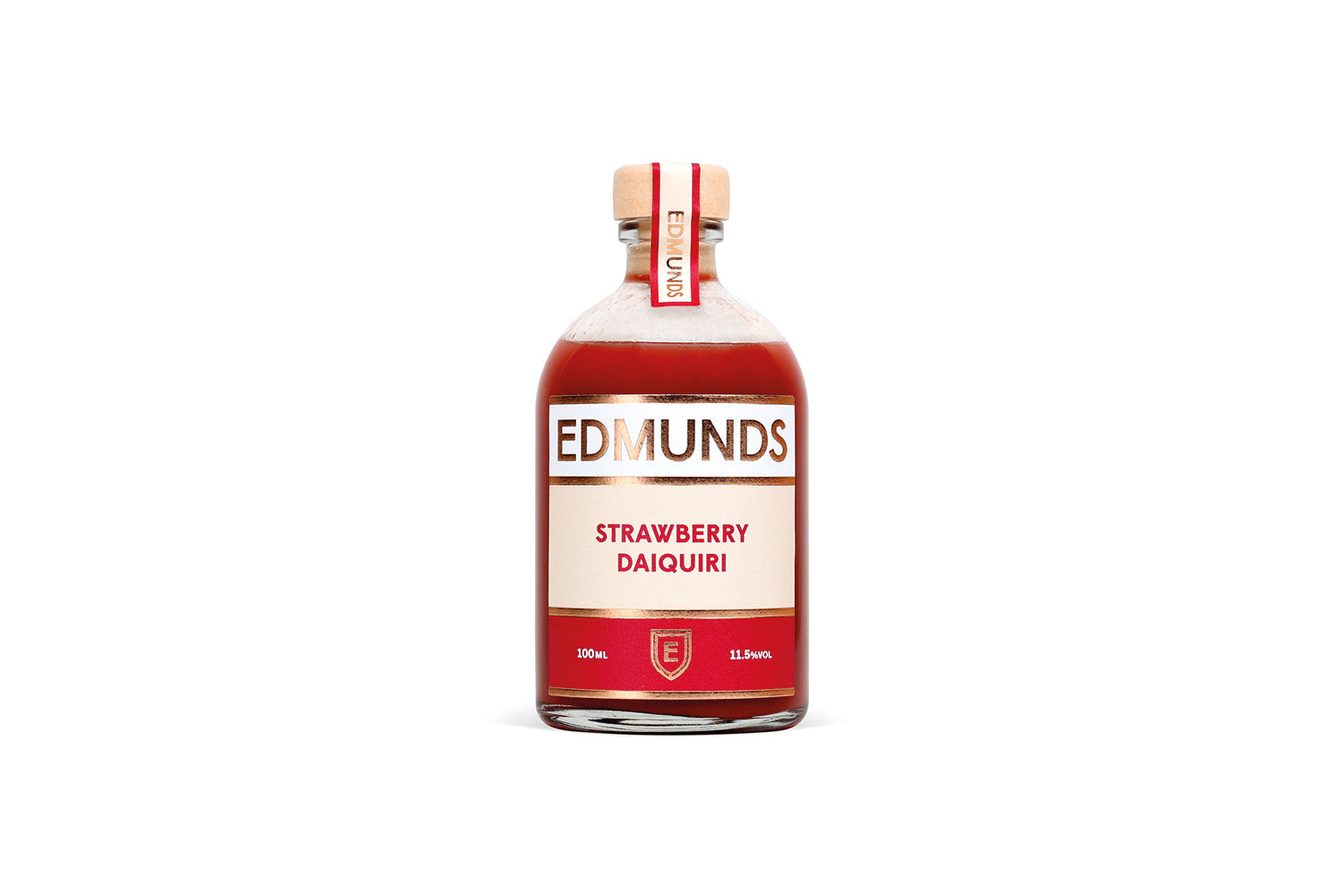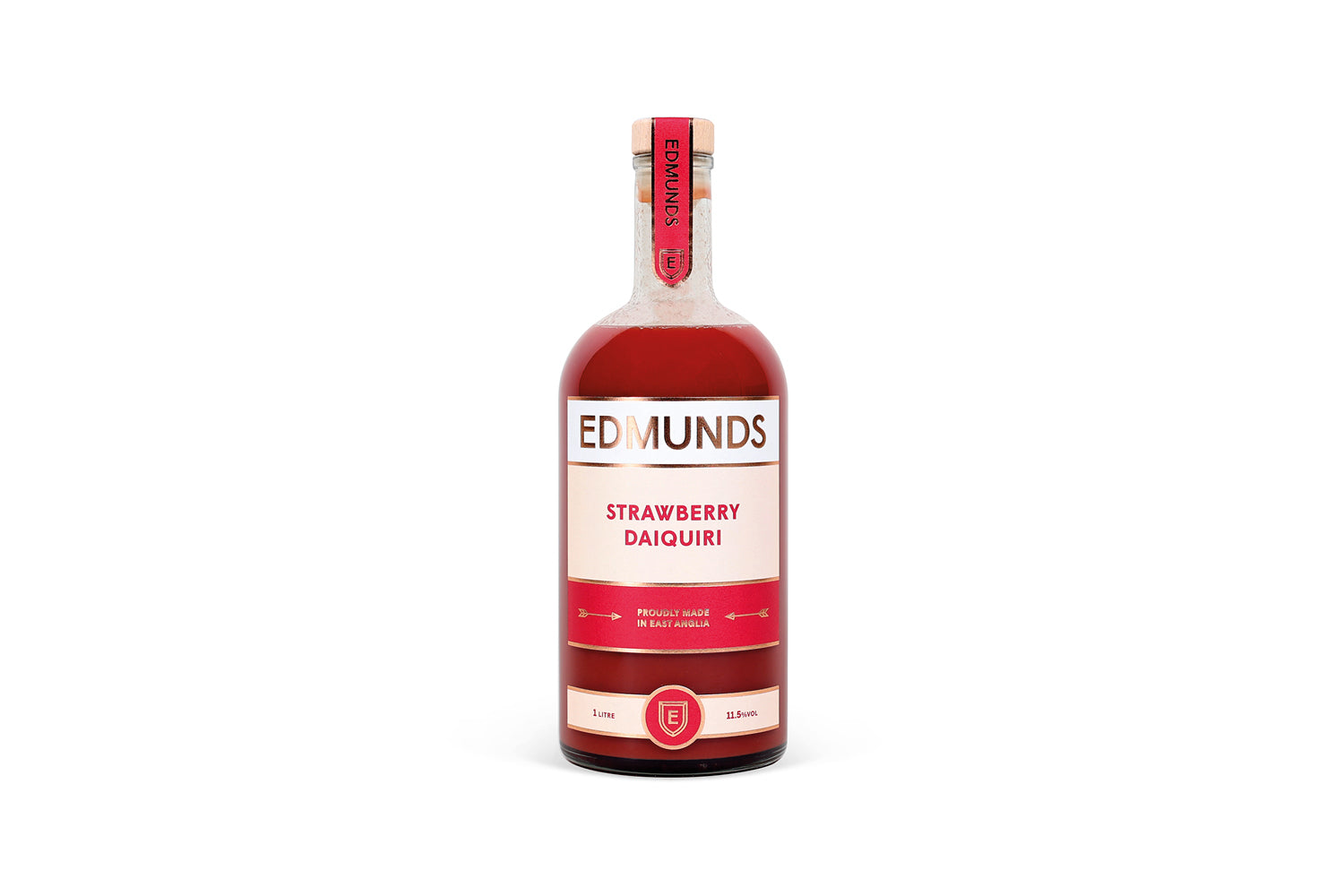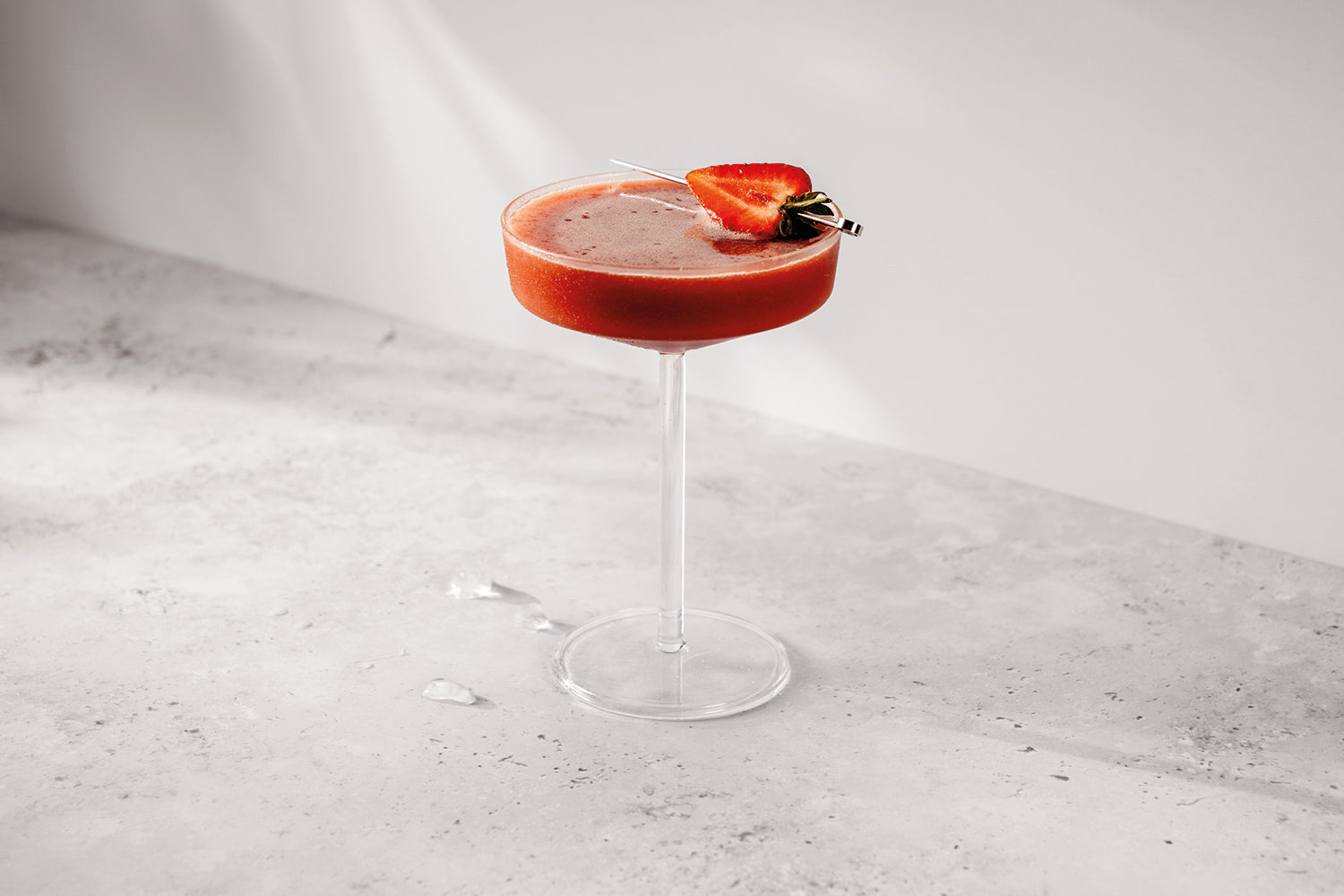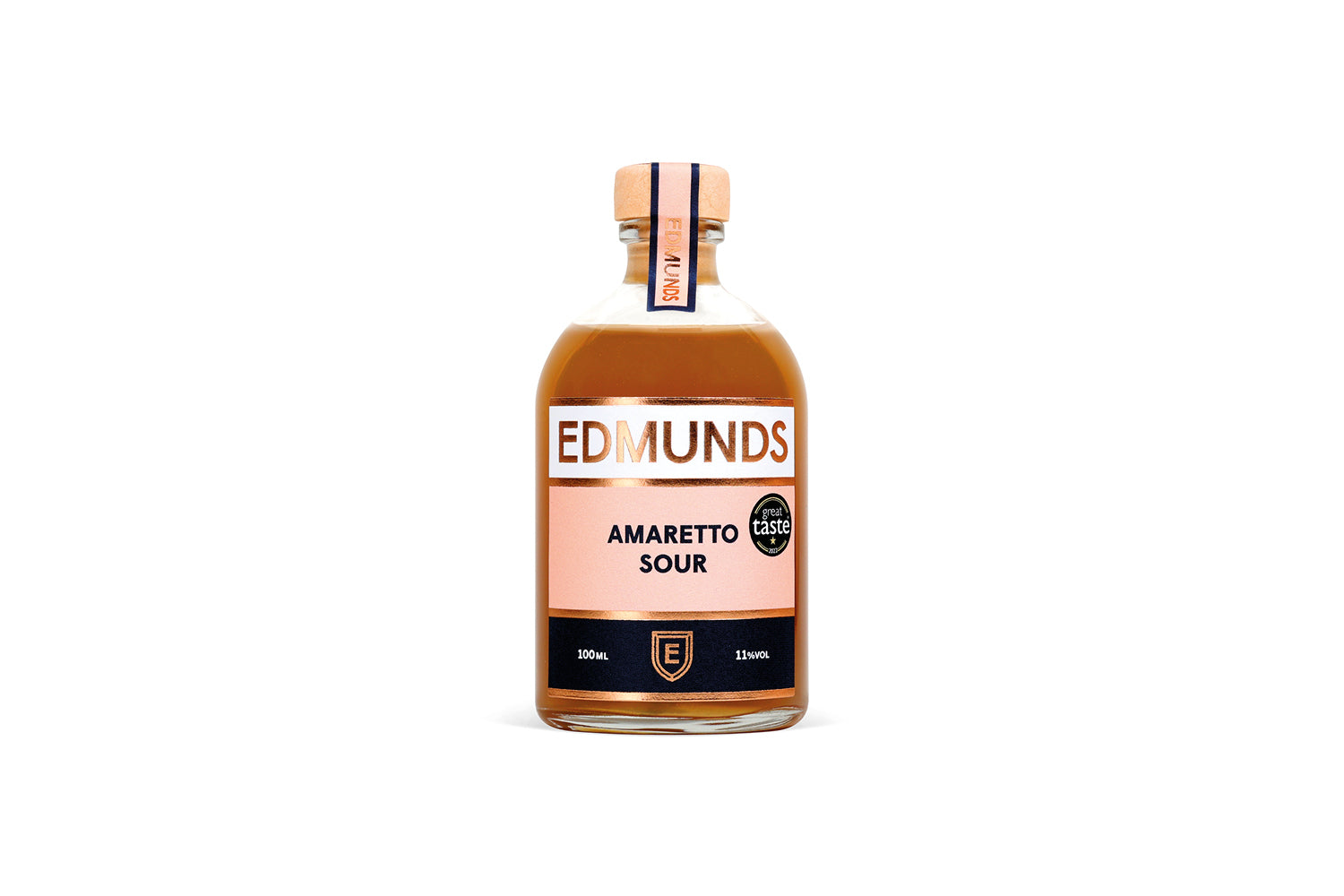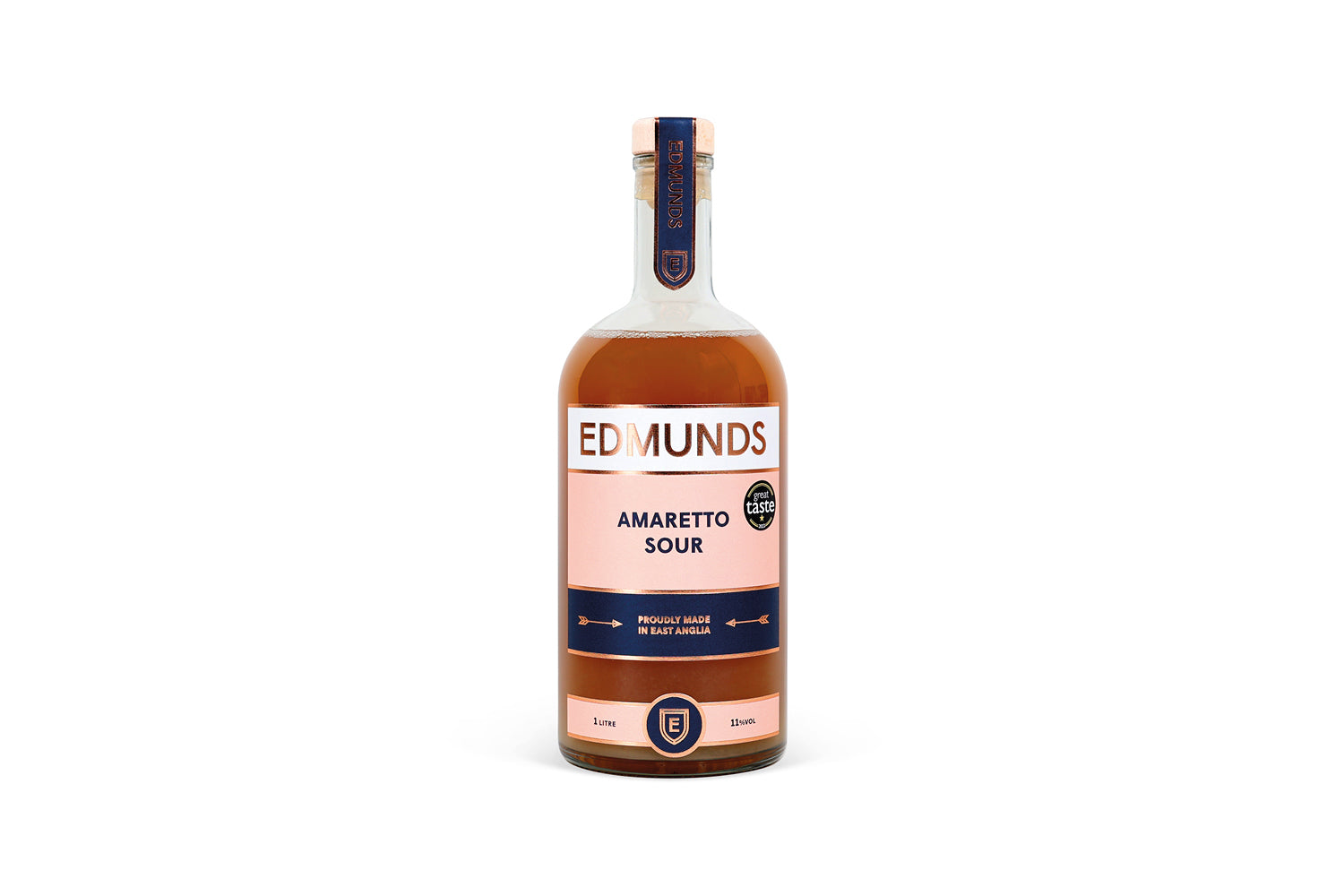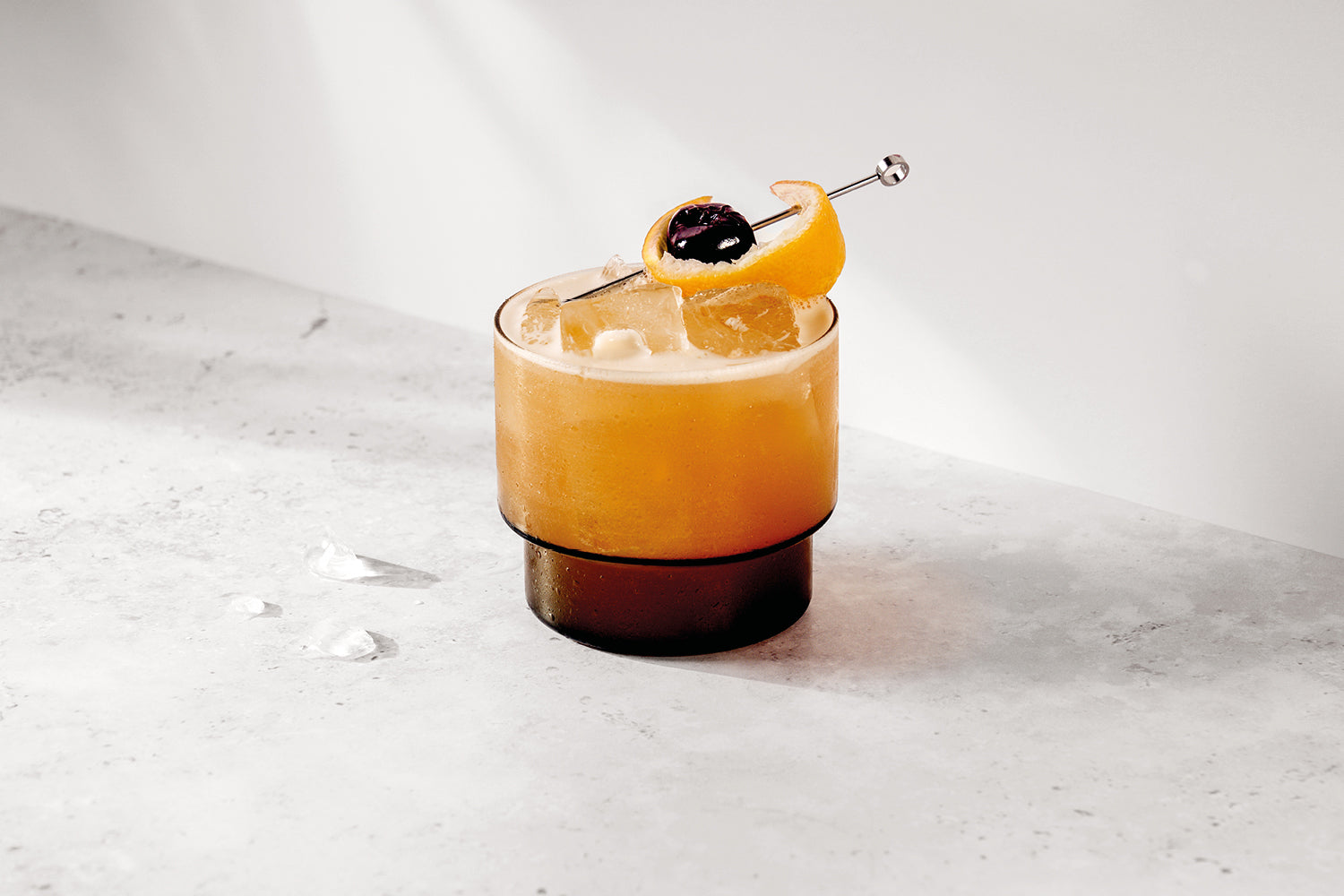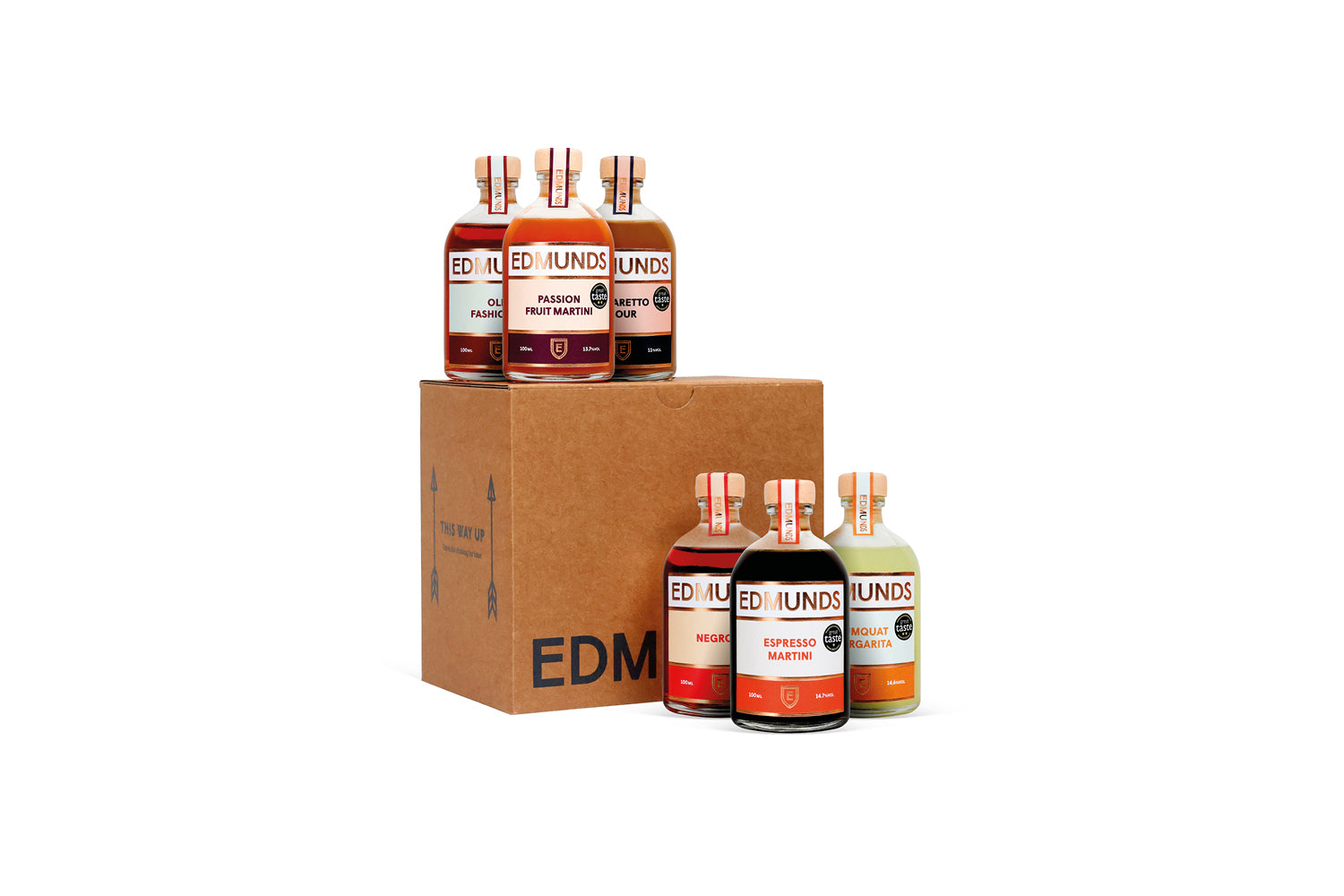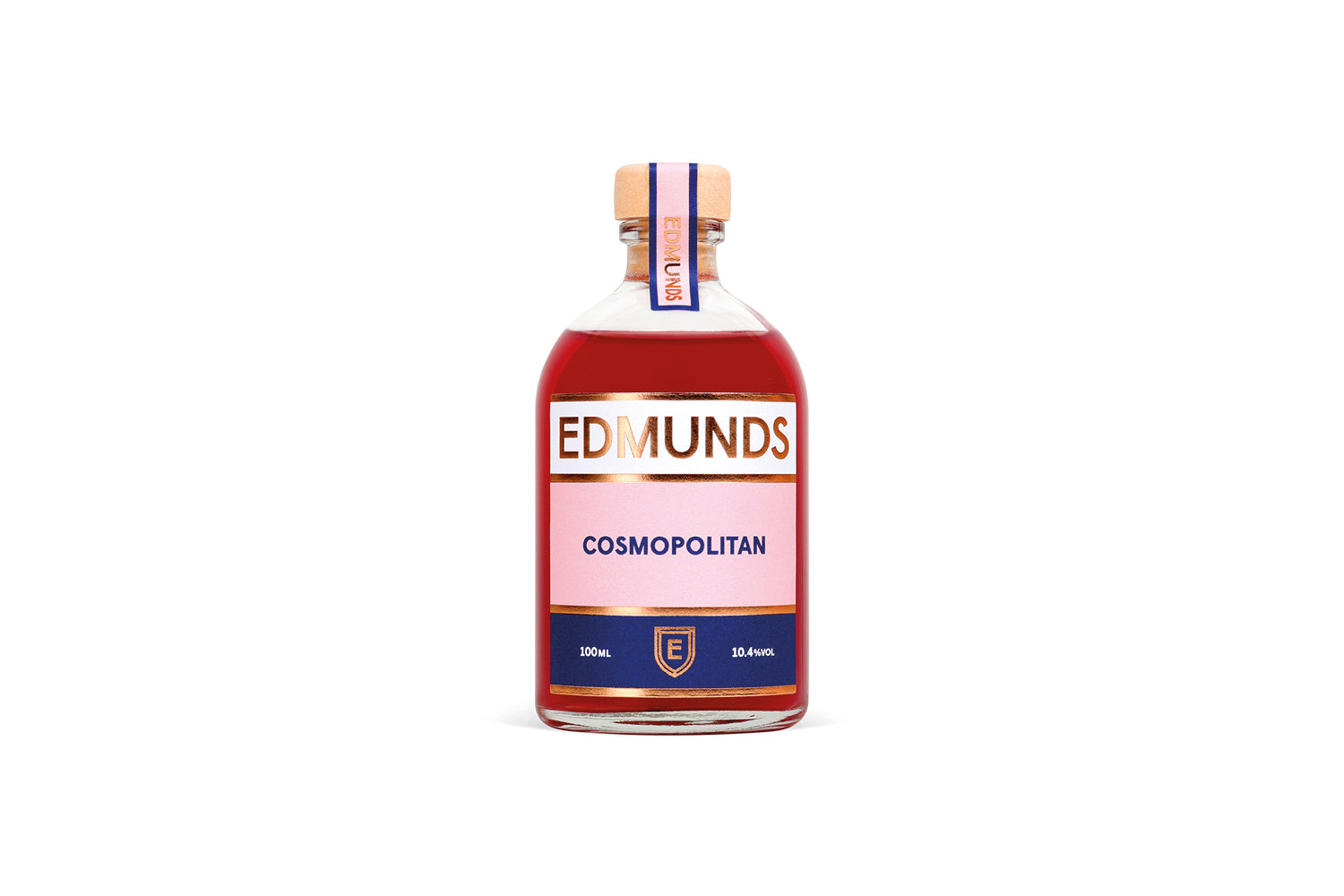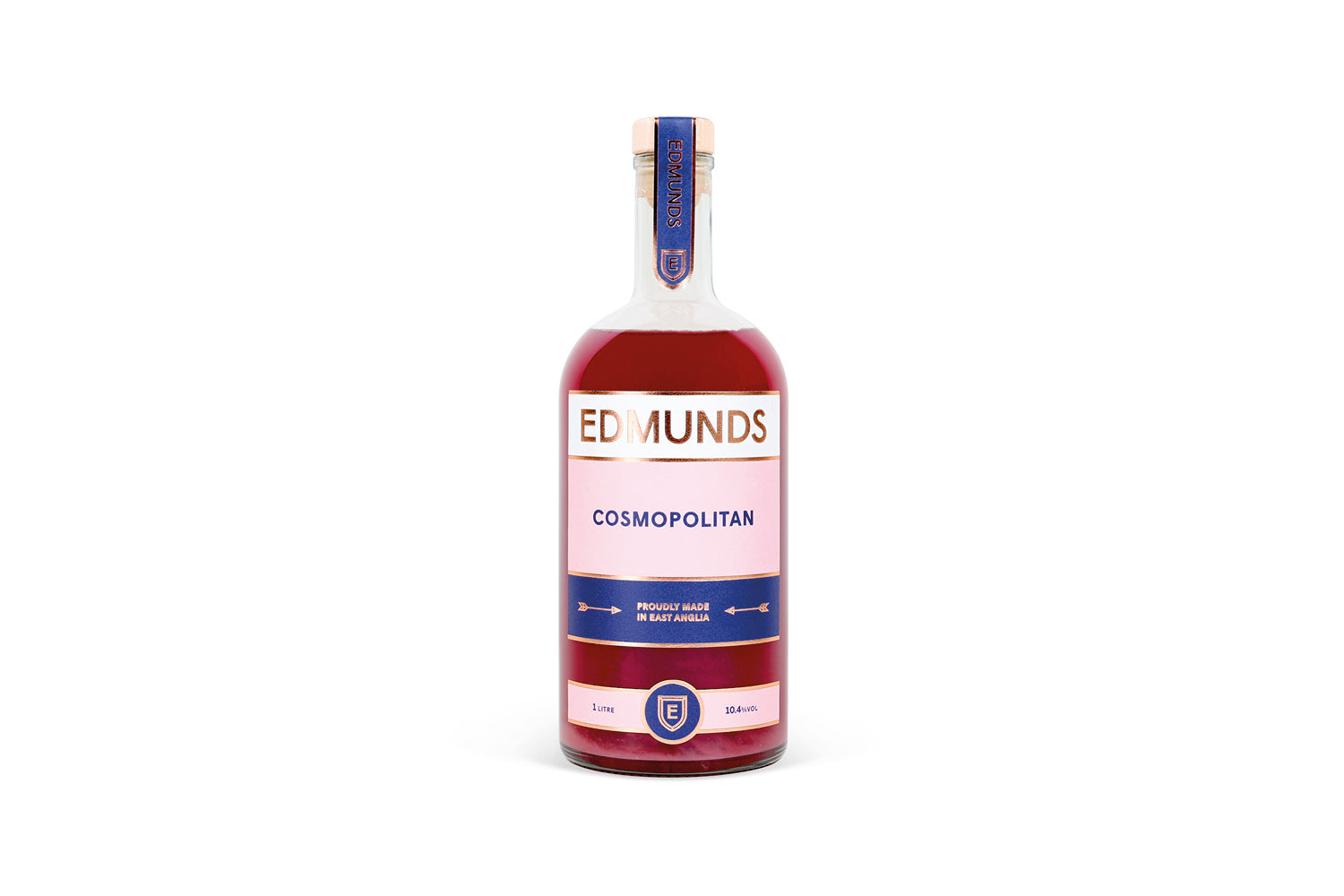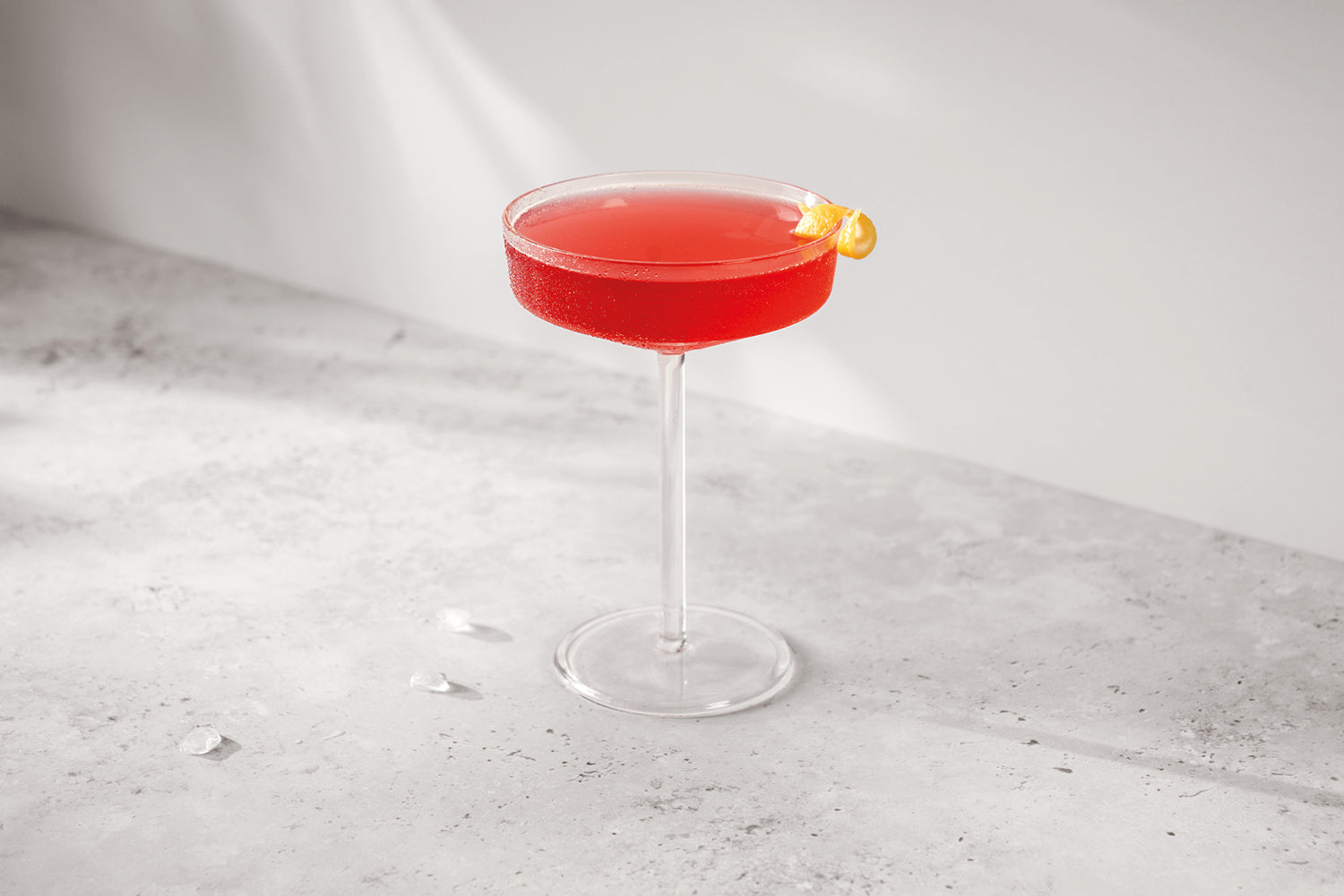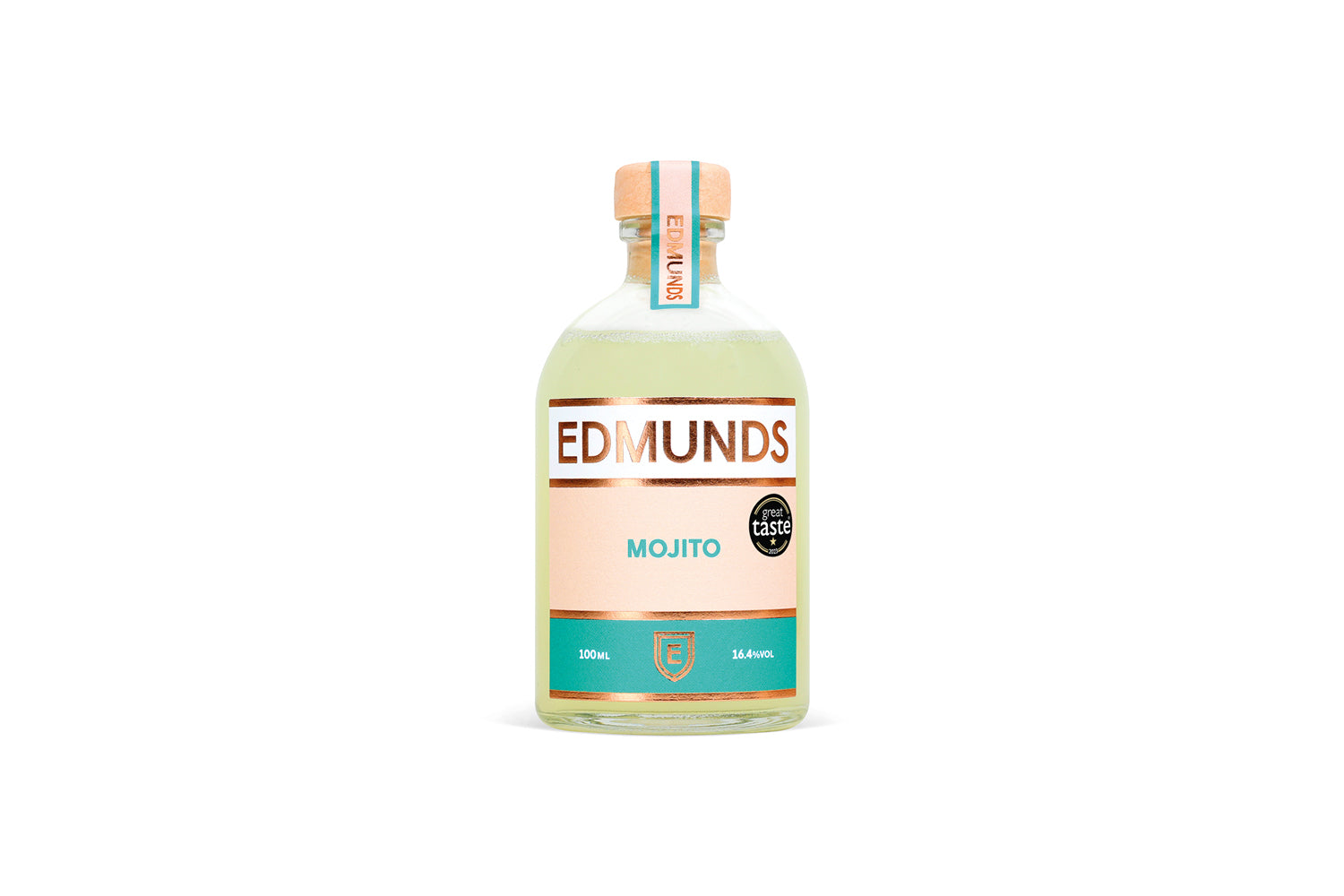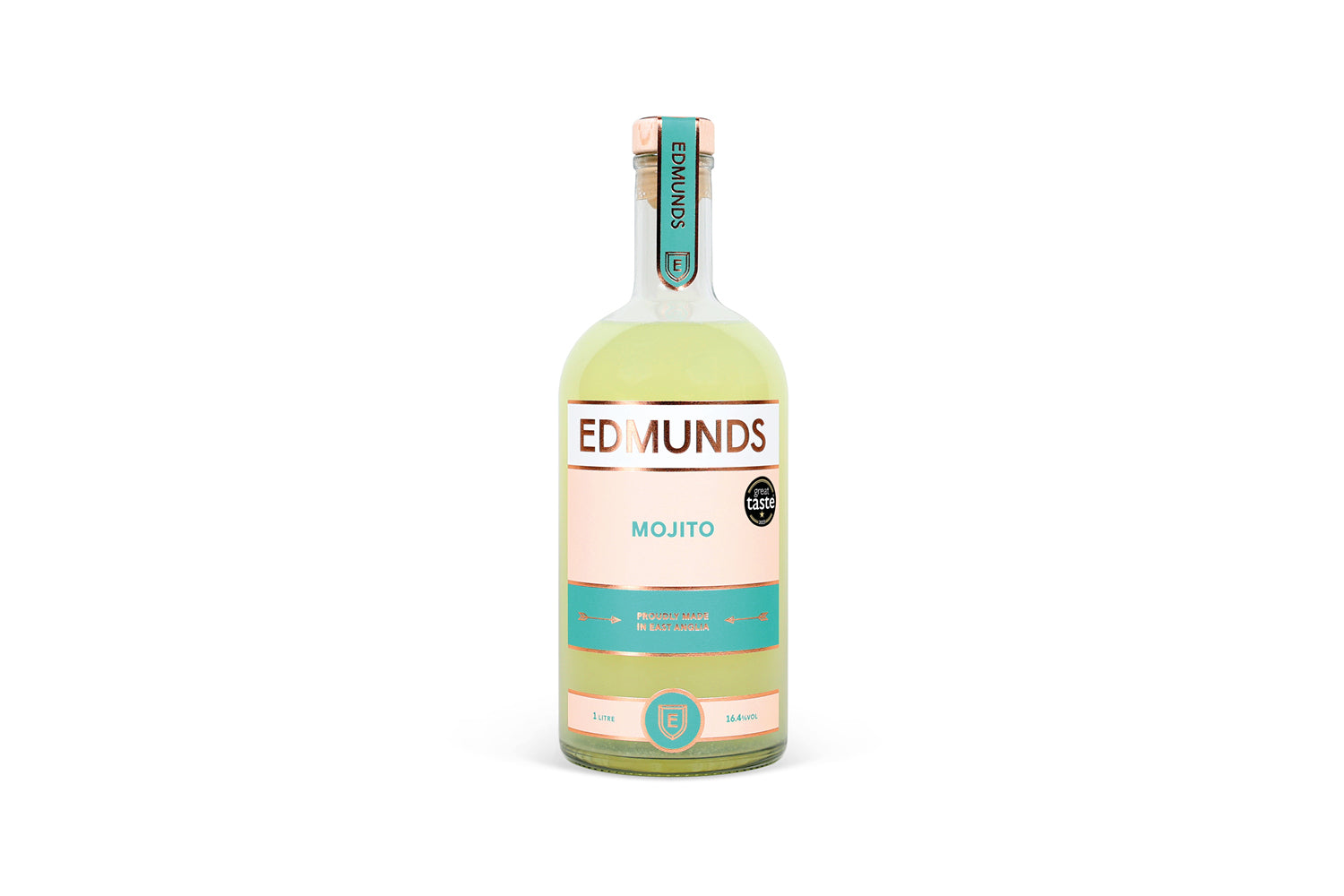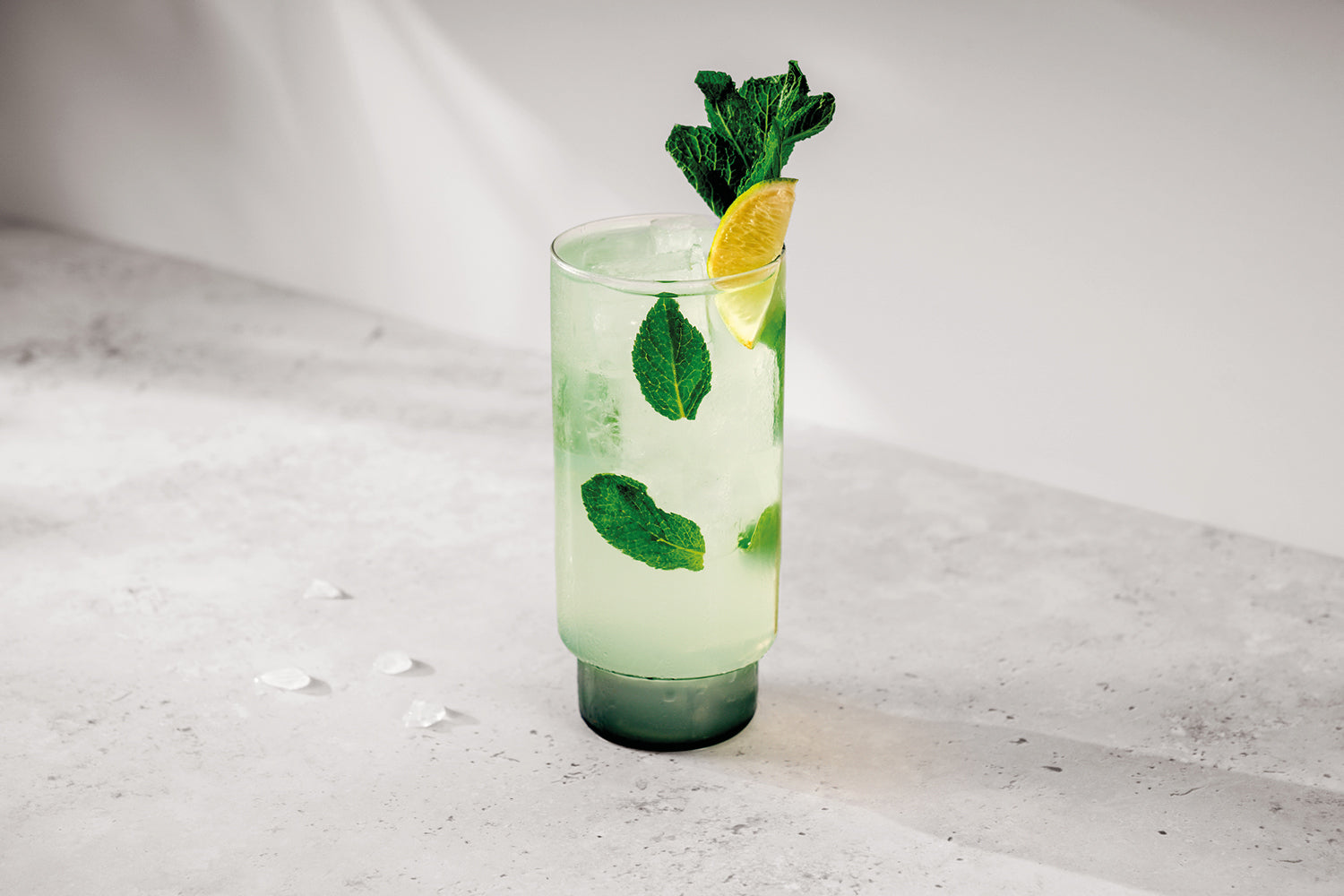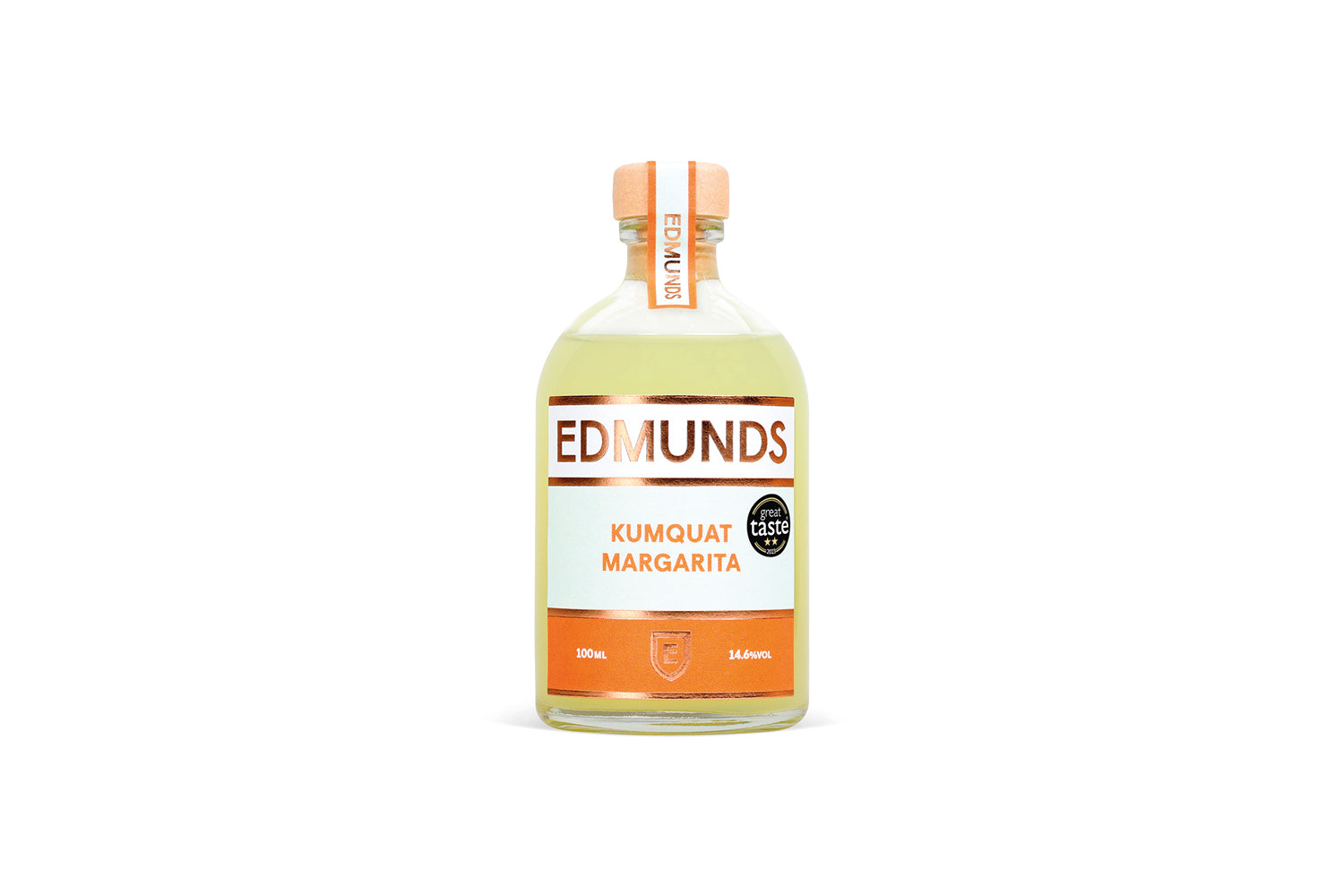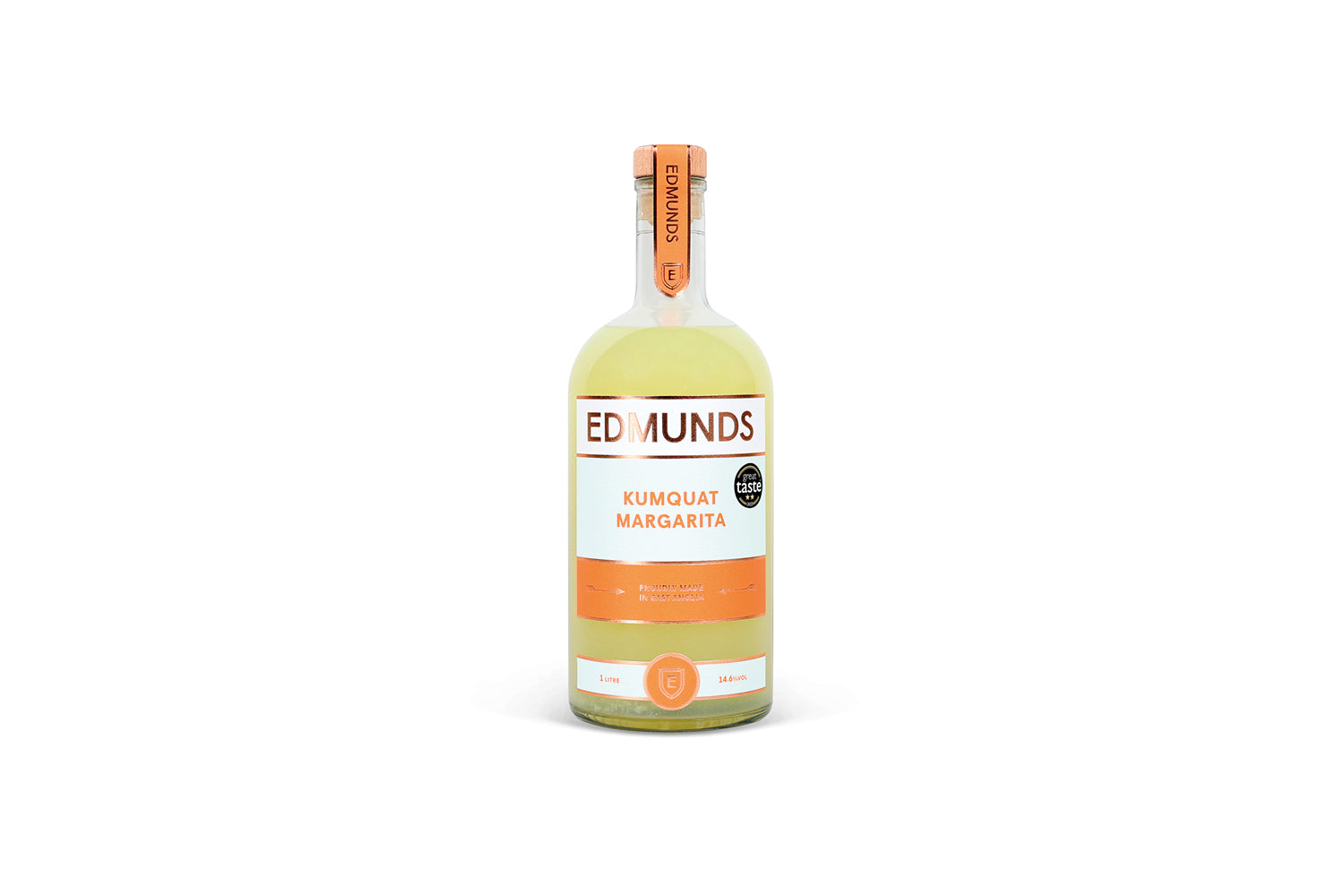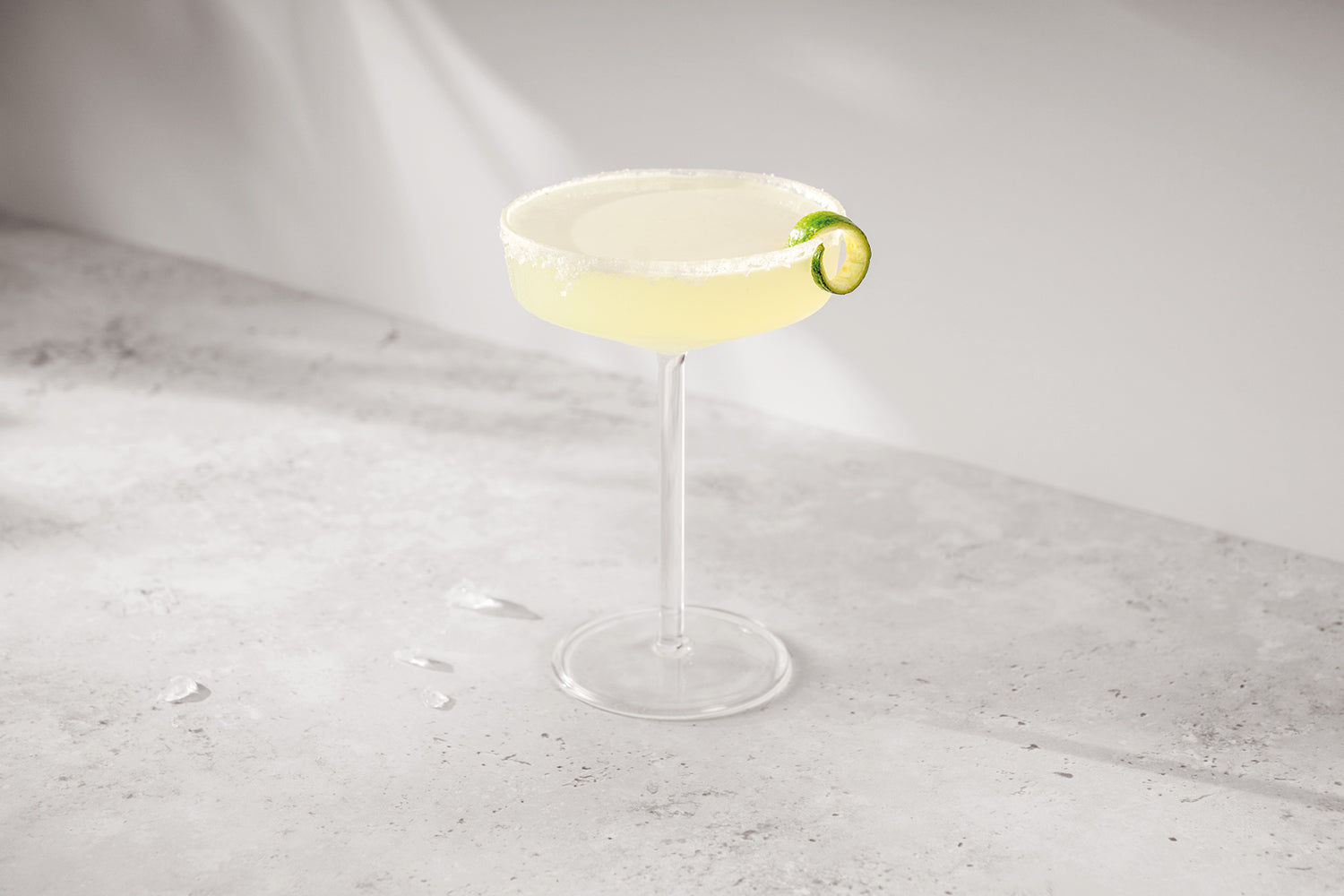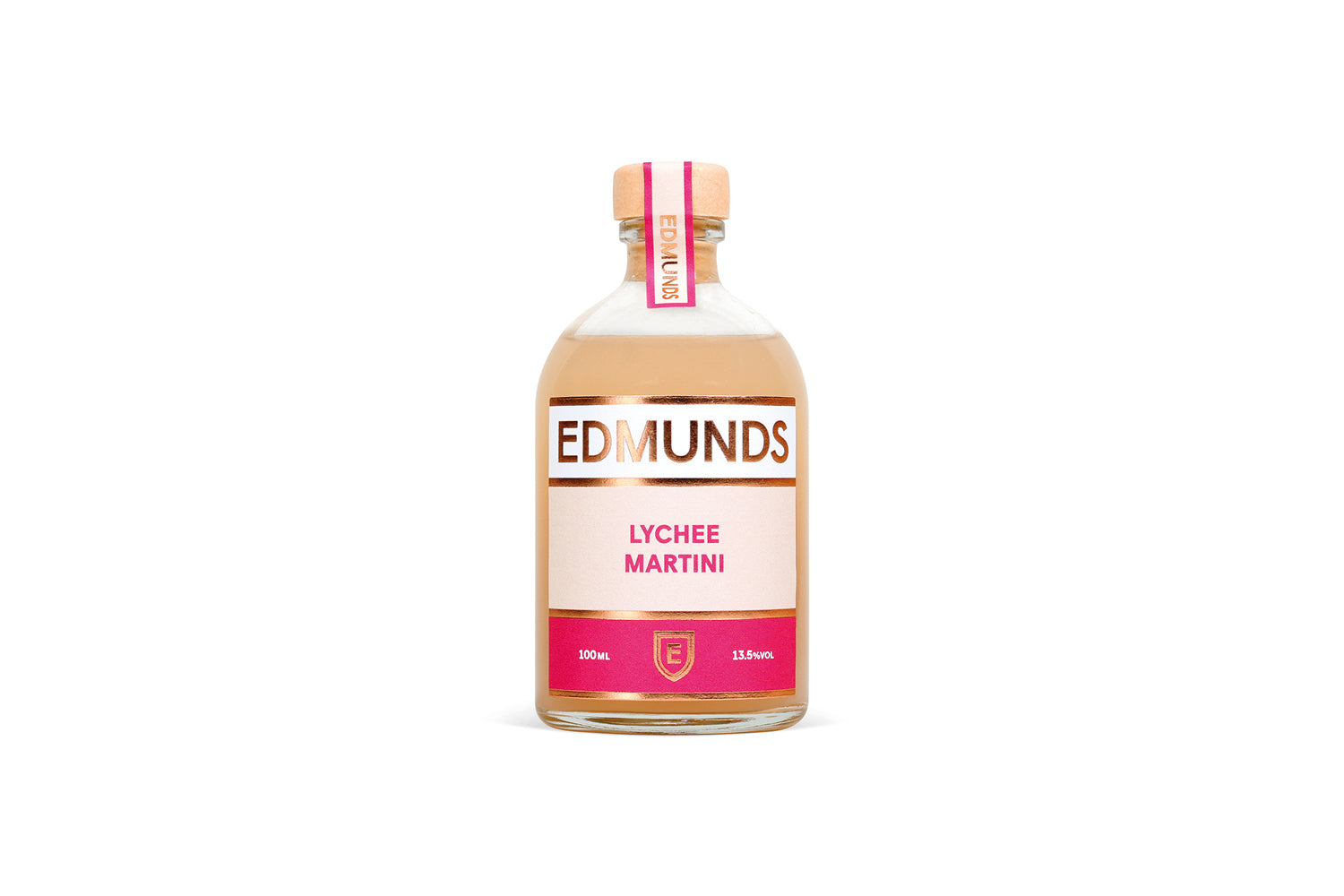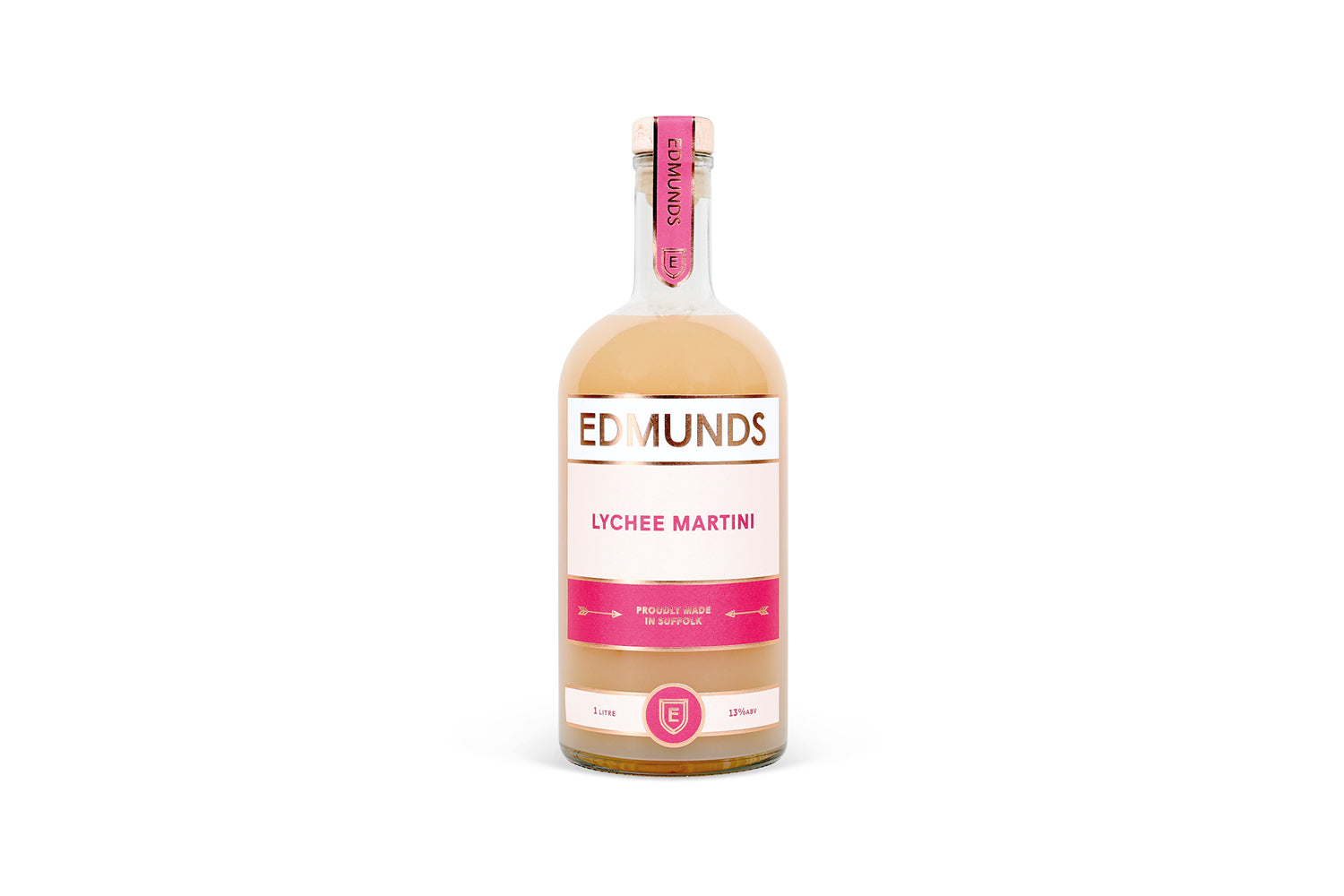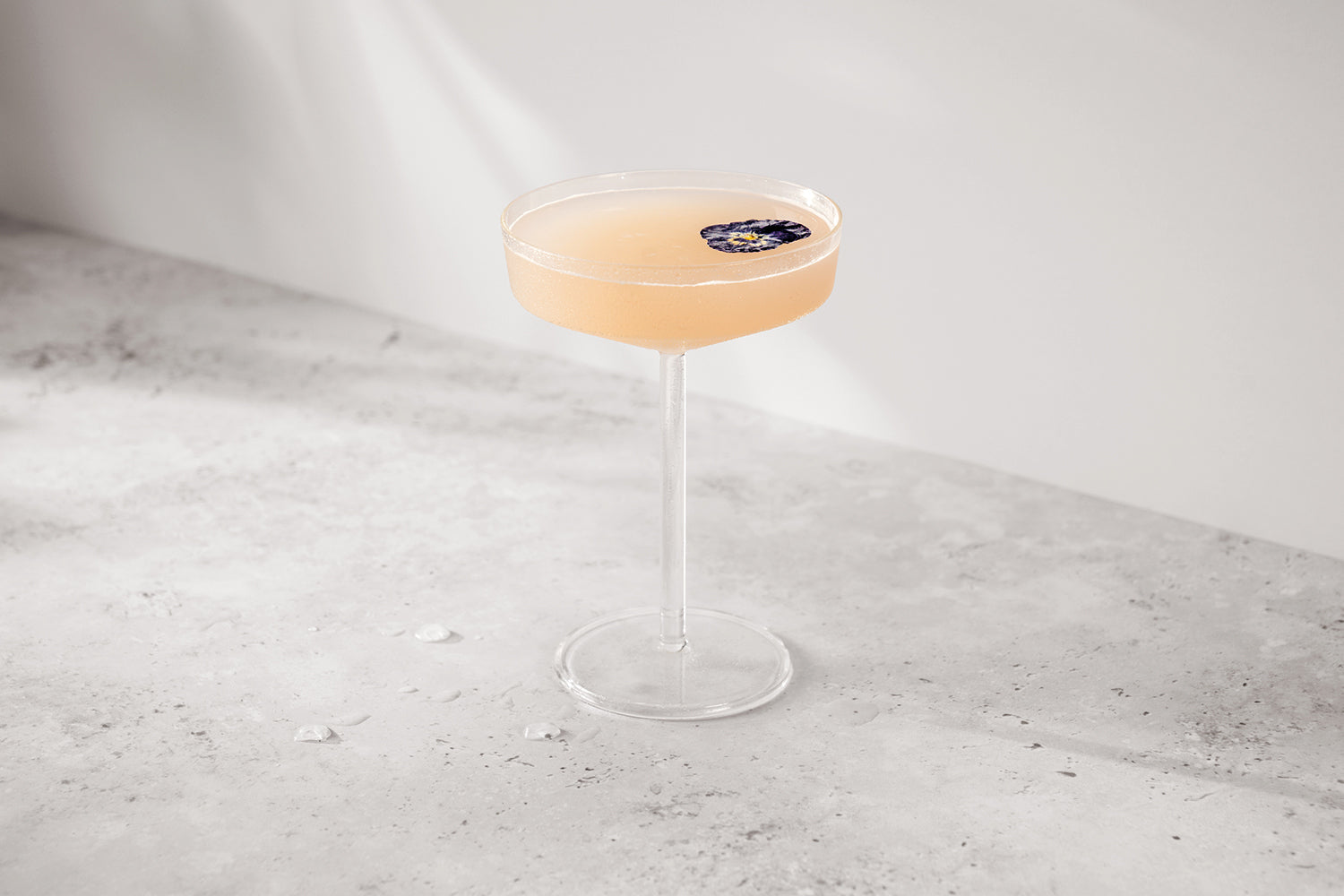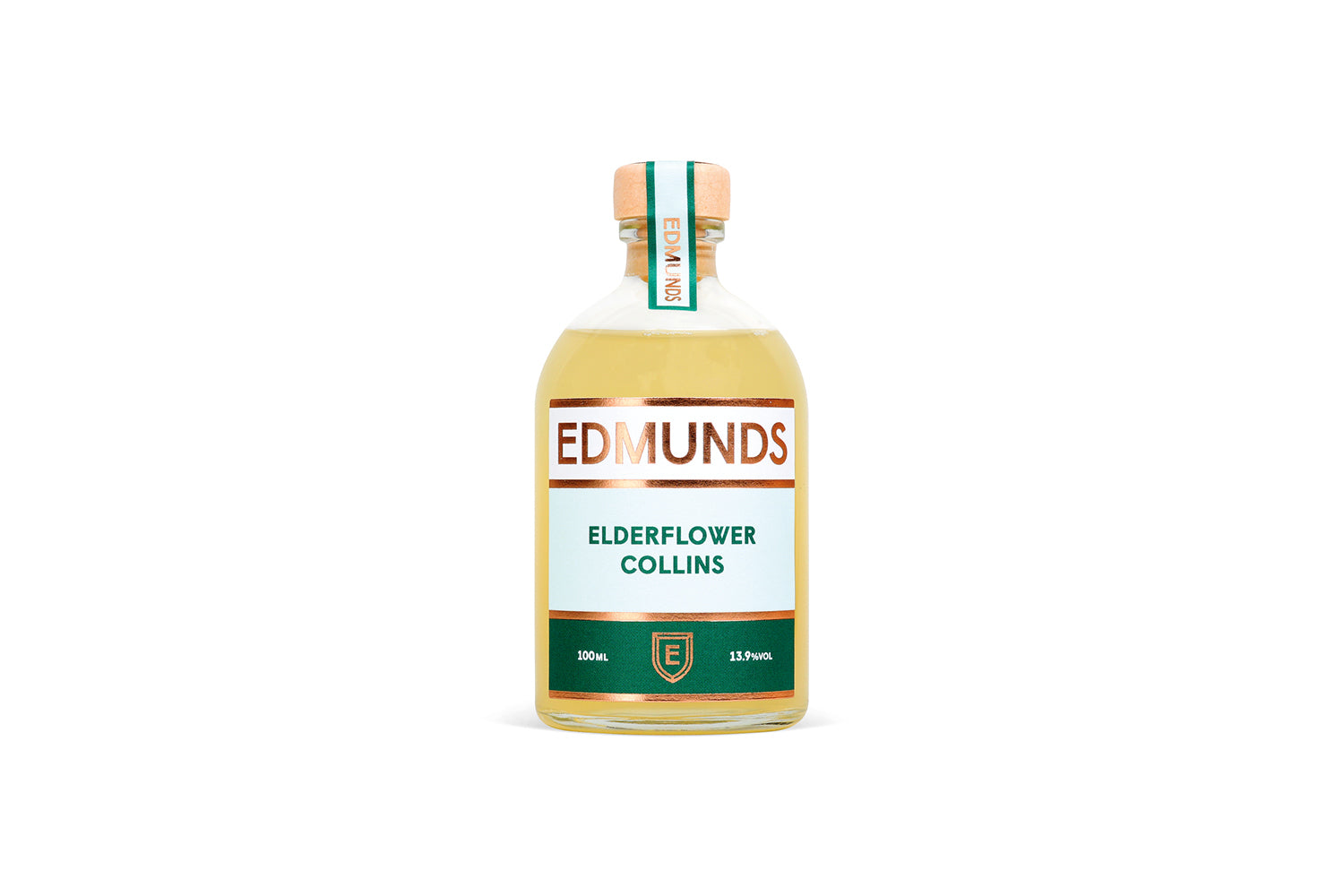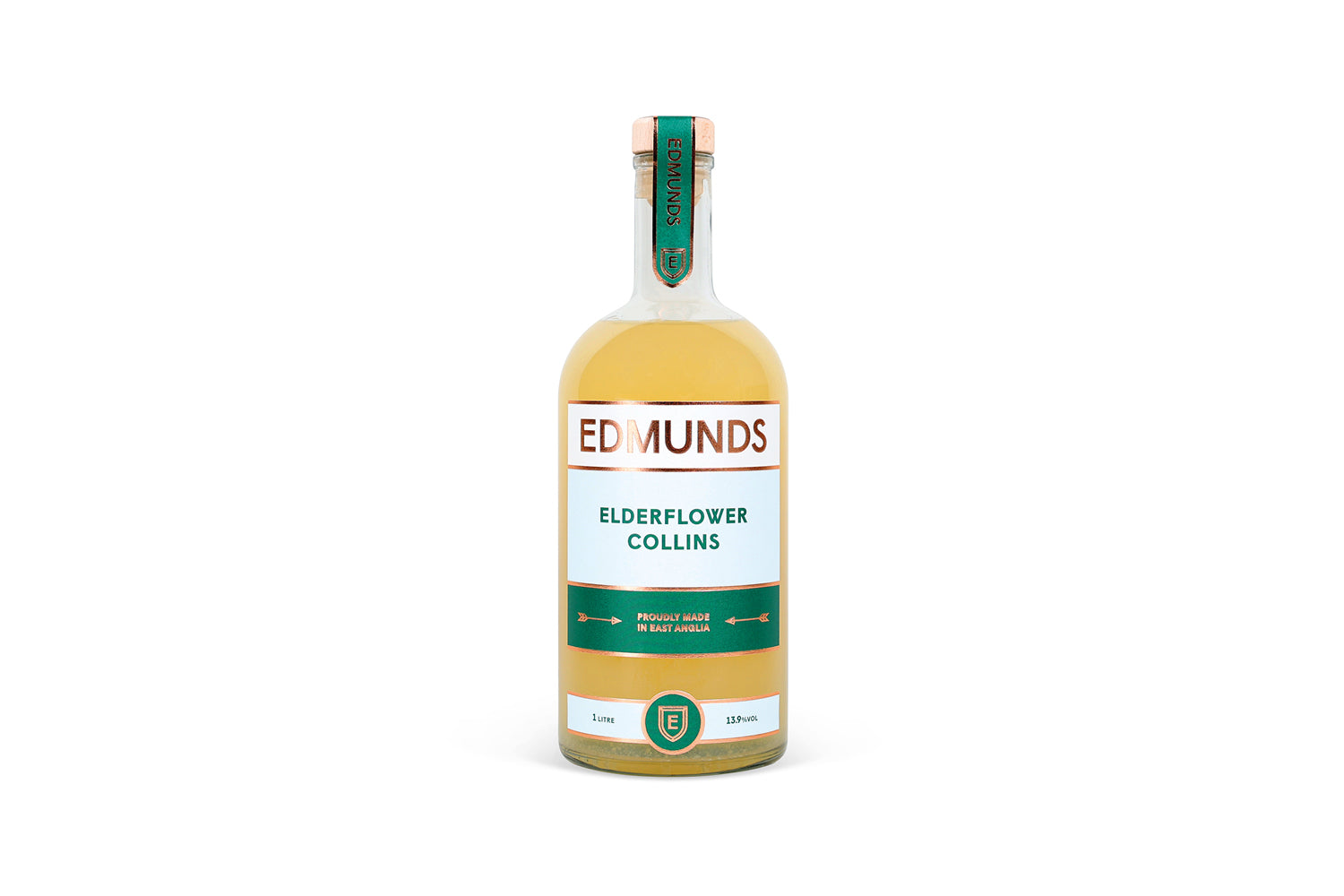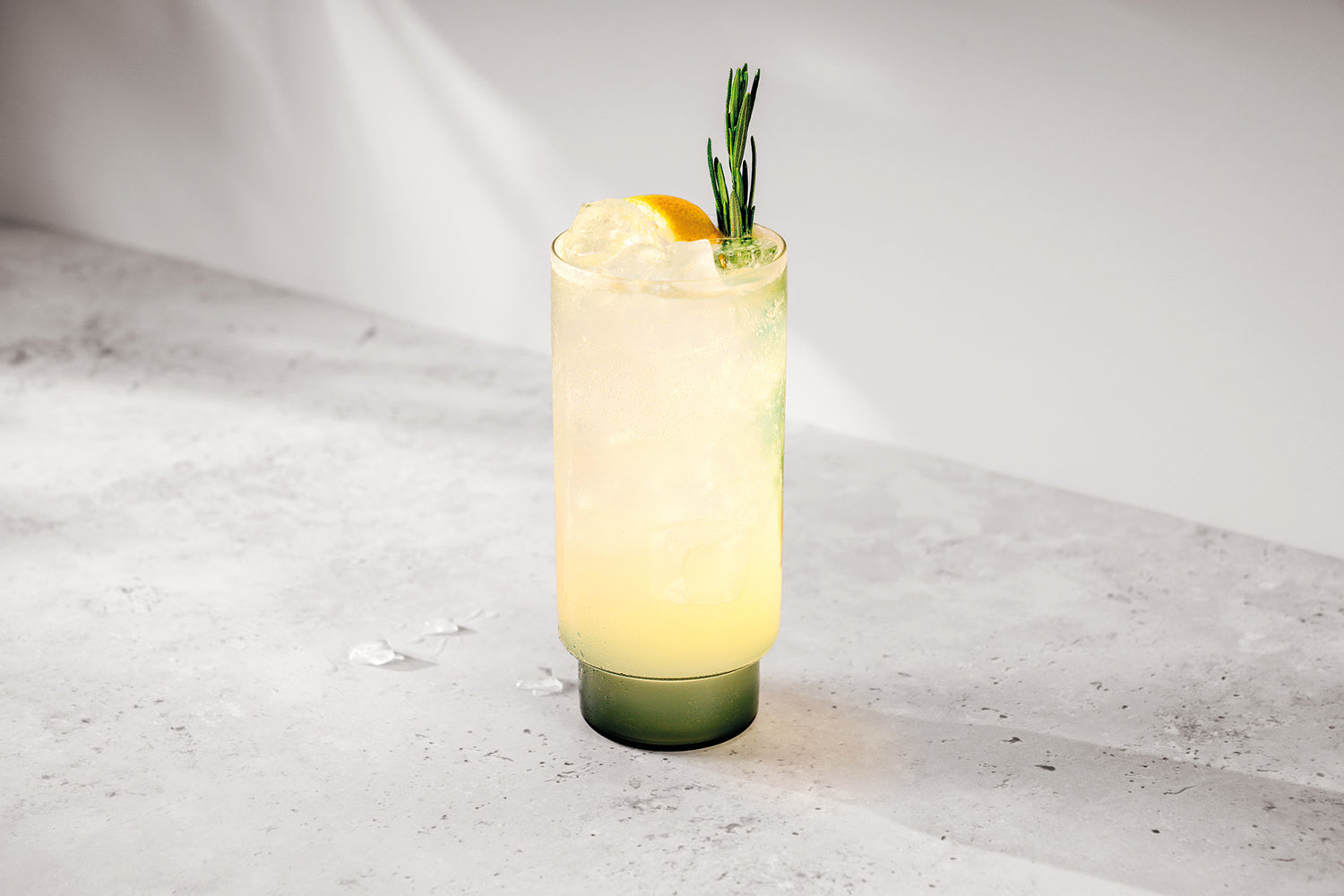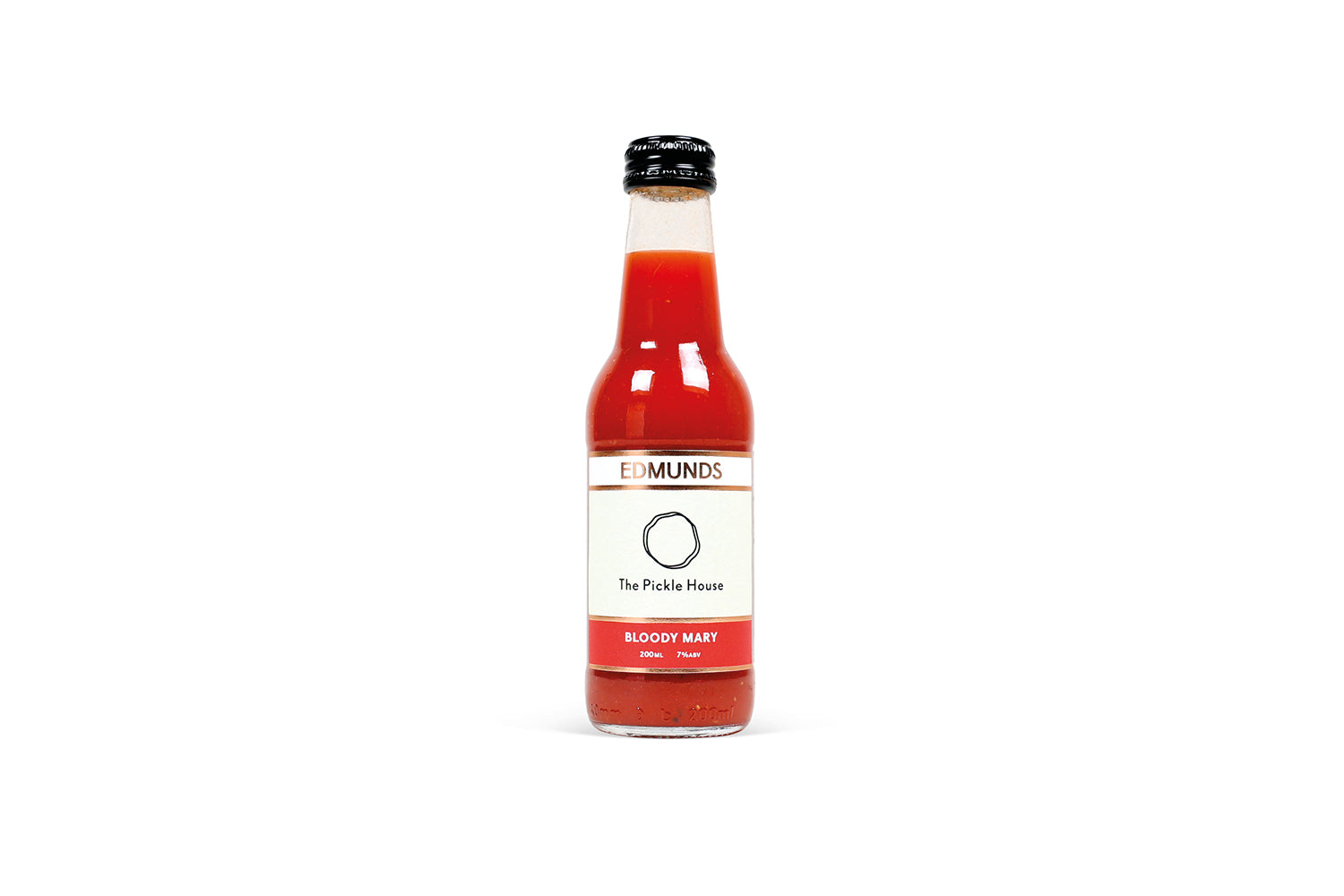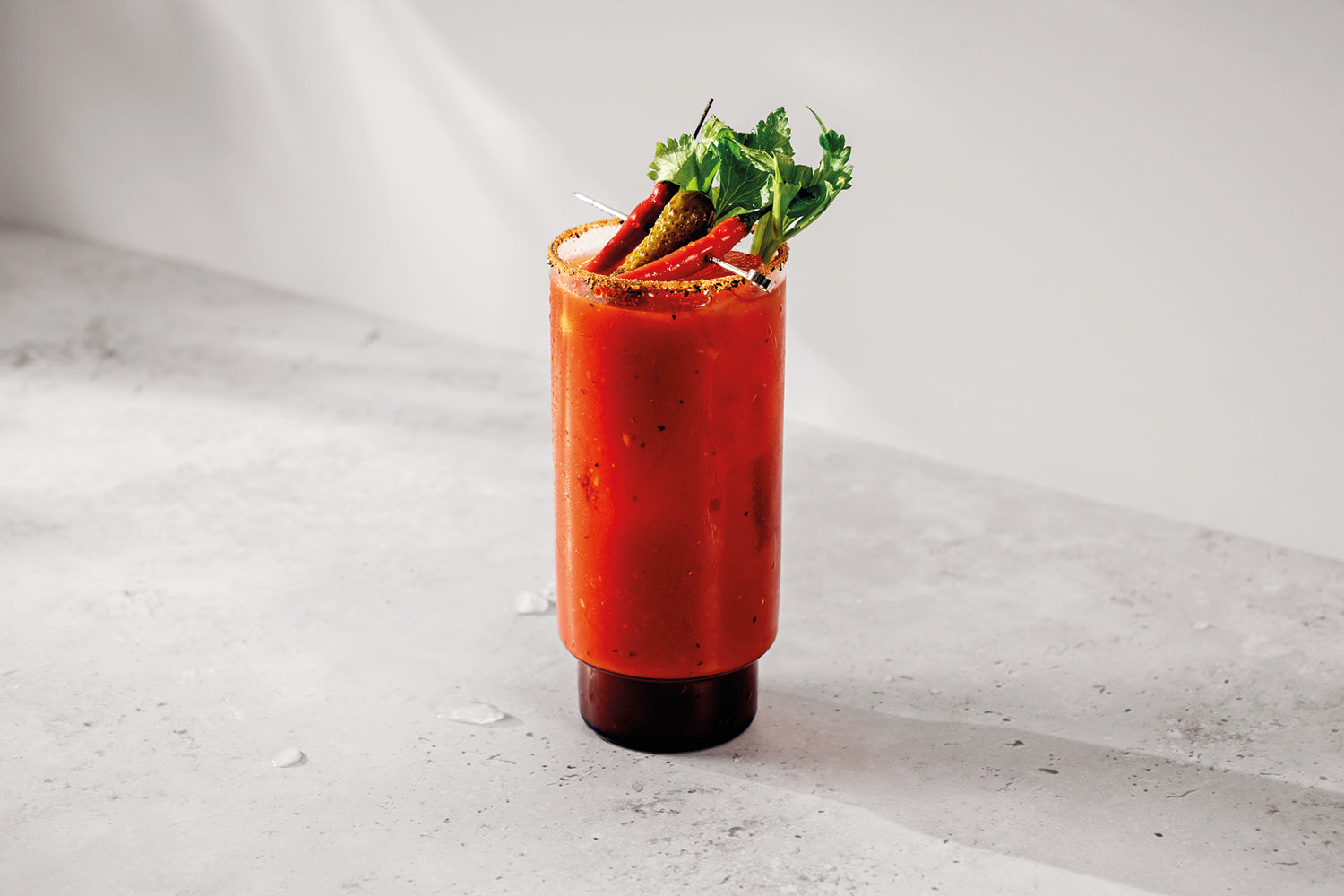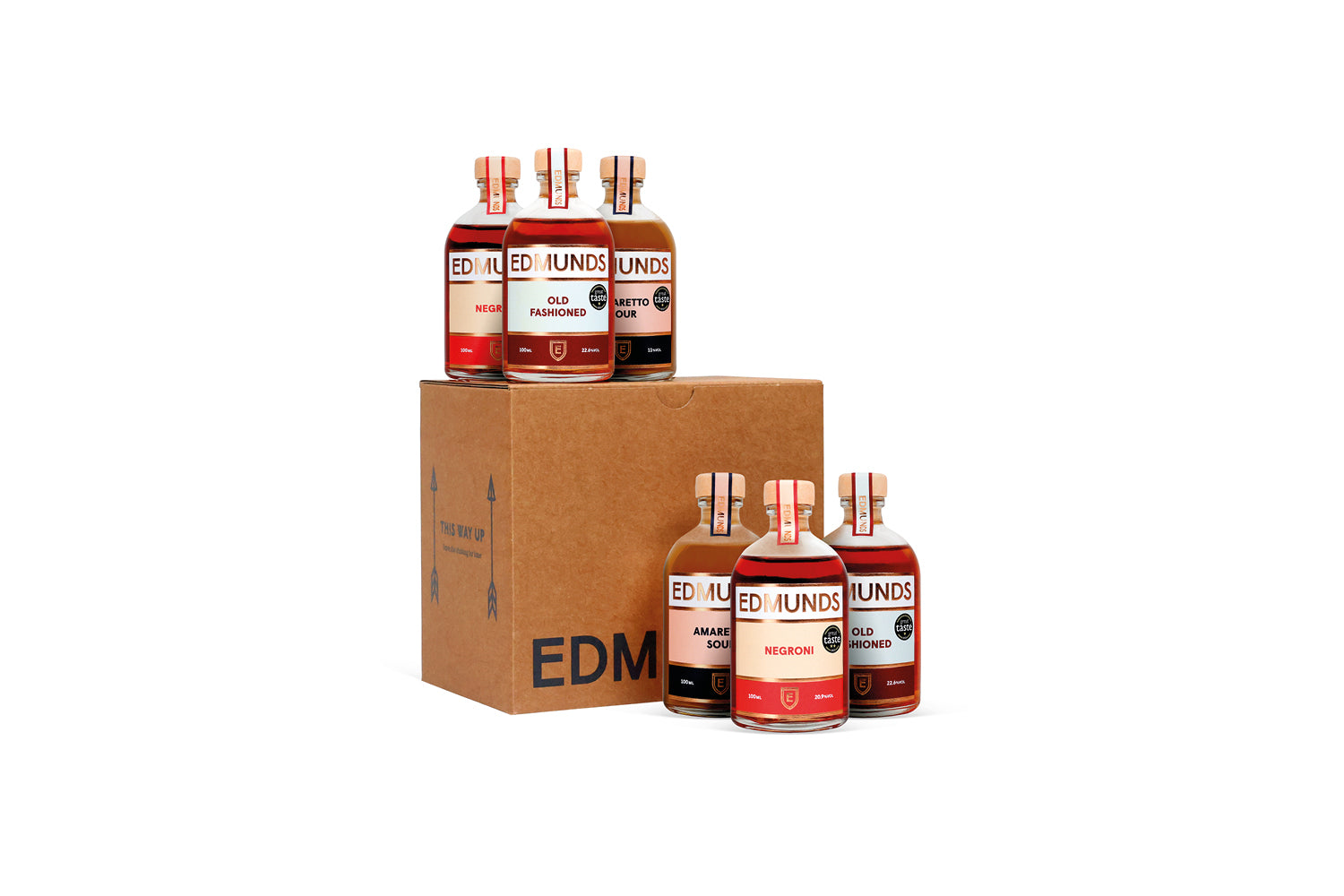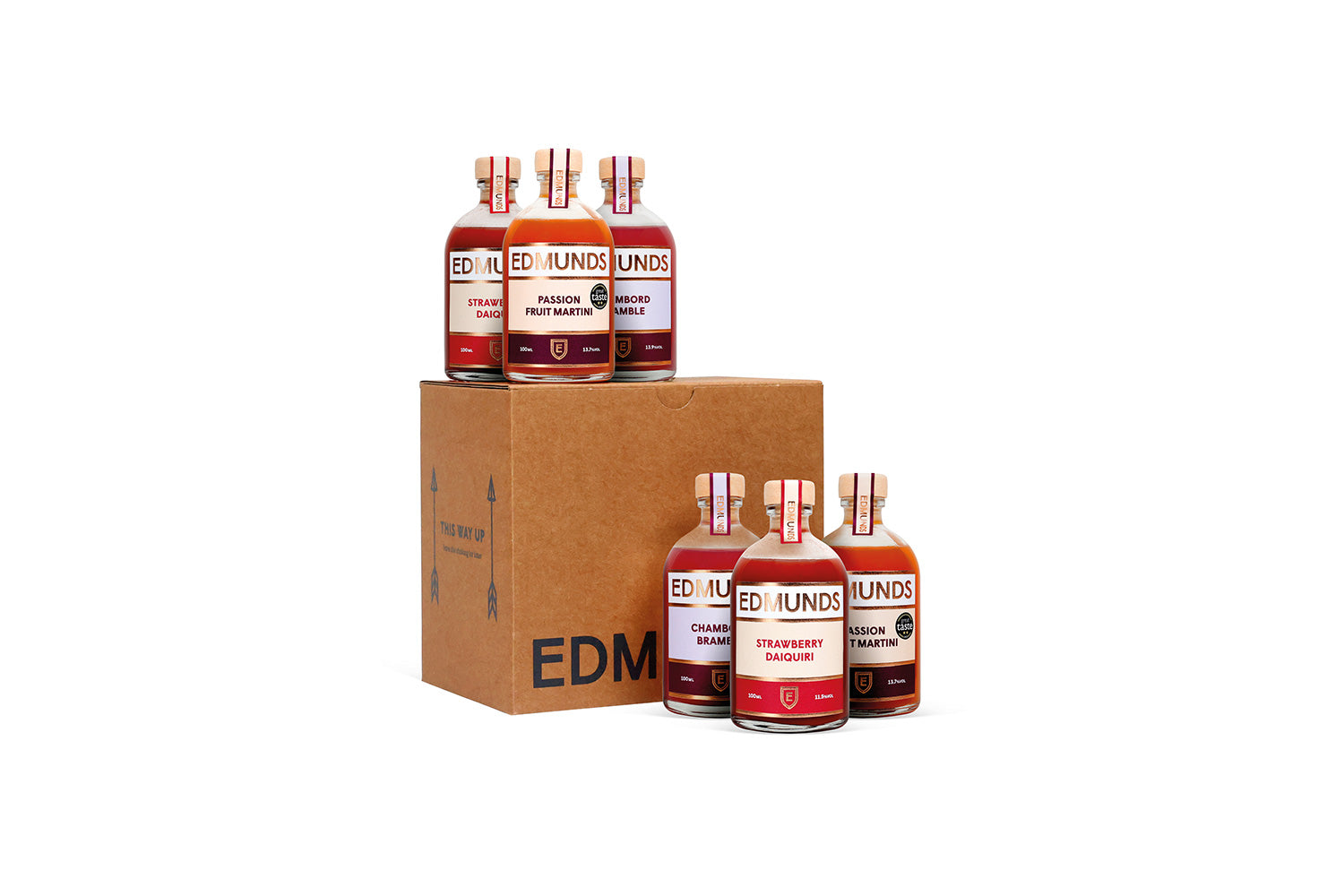The image that springs to mind when someone asks you to free-associate around the subject of Brazil will probably depend on your sphere of knowledge, but might reasonably include soccer, the Amazon (rainforest, not online global retail leviathan), coffee and capoeira, as well as the eponymous nut*.
For many, the colourful Easter-adjacent ‘Carnaval’ street festivals with high-octane parades and elaborate costumes define the spirit of Brazilian popular culture.
But Brazil’s home-grown spirit – cachaça, also known as pinga and caninha – is the most popular spirit in Brazil and occupies a unique place in its national identity. Perhaps unsurprisingly, the spirit even has its own day of celebration, Dia Nacional da Cachaça, on 13 September to mark its importance.
A colonial evolution
It’s a spirit with a colourful history. Although cachaça feels like a recent inclusion on the bar cocktail menu, it actually pre-dates rum by nearly a century and can rightly claim to be the first spirit distilled from cane sugar in the Americas. Which means it’s also inextricably linked with colonialism and rebellion.
Cachaça’s story begins in the early part of the sixteenth century, when Portuguese colonists brought sugar cane cuttings to Brazil, transitioning its production from established plantations in the Madeira islands. At the same time, the pot stills that had been used in Madeira to distil ‘aguardente de cana’ from fermented sugar cane juice (as opposed to molasses) were also shipped to South America, which were quickly pressed into service by locals.
The spirit of cachaça
The process of making cachaça is central to its character: the fresh sugar cane juice undergoes fermentation, often with naturally occurring yeasts, before being distilled. While large-scale producers make industrial cachaça, many traditional distillers still craft artisanal versions in small batches, focusing on quality and preserving local traditions.
As with cachaça’s spirit sibling, rum, ageing shapes cachaça’s personality. Though many cachaças are bottled unaged (known as cachaça branca or white cachaça), some are transferred to wooden barrels, where they take on additional flavours and a golden hue (cachaça amarela or gold cachaça) as they age for between twelve months and seven—or even 15—years. Dark cachaça carries a premium and is designed to be drunk neat.
Brazilian producers use a variety of native woods, such as amburana and jequitibá, which add unique spice, vanilla or nutty notes, setting aged cachaça apart from other spirits.
This variety of options means that there’s an extensive range of flavours available on the cachaça spectrum, from the fresh, grassy profile of unaged bottles to the deeper caramel-and-tropical-fruit notes of wood-aged versions.
Cachaça Cocktails
Outside Brazil, cachaça is used almost exclusively as a cocktail ingredient, with the Caipirinha being the most famous. A simple blend of cachaça, lime, sugar and ice, it’s essentially a Daiquiri with a Brazilian twist. Its rum-adjacent profile means it works as an elegant substitution in many rum-based cocktails. Swapping rum for cachaça in a Mojito, for example, gives it an earthier, more aromatic twist, while adding a brighter, fresher kick to a classic Margarita.
As the global demand for craft and artisanal products increases and drinkers develop a thirst for authentic, regional spirits, cachaça is experiencing a steady rise in popularity, with export volumes growing. Like tequila, cachaça is legally protected and can only be produced in Brazil. For Brazilians, it’s more than a drink, of course – it’s a reflection of the country’s culture, history and creativity. If your tastebuds are up for a new adventure, we’d recommend giving it a try!
*Interestingly, the leading producer of Brazil nuts (the fruit of the Bertholletia excelsa tree) is not Brazil but Bolivia, which accounts for 80% of global supplies.
